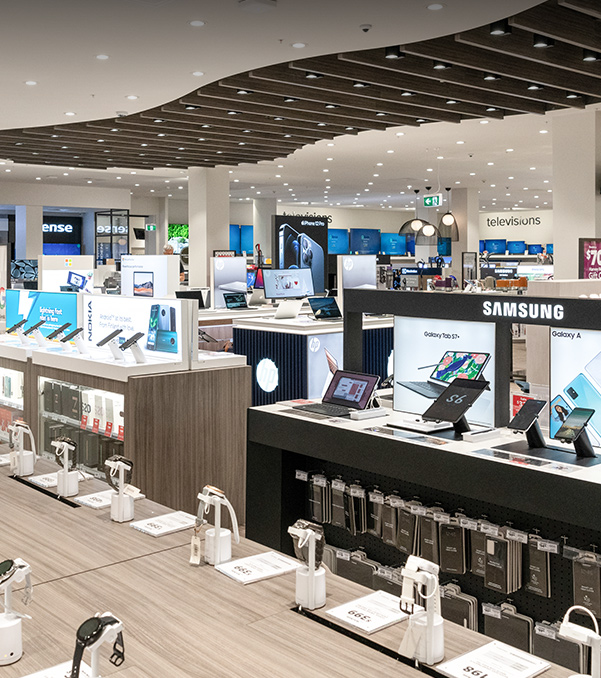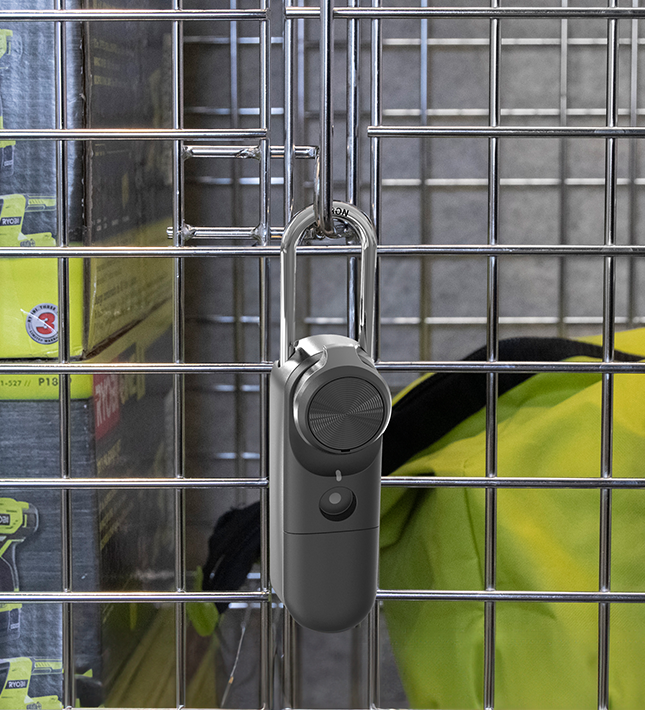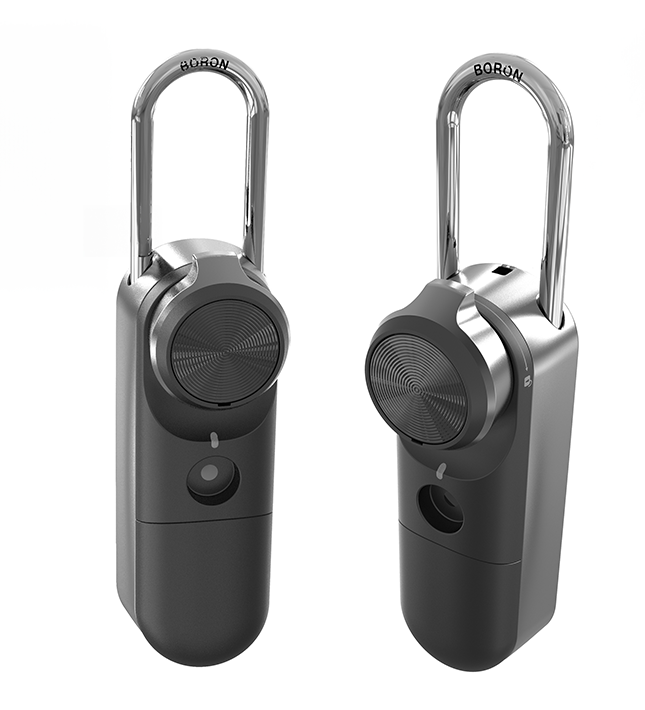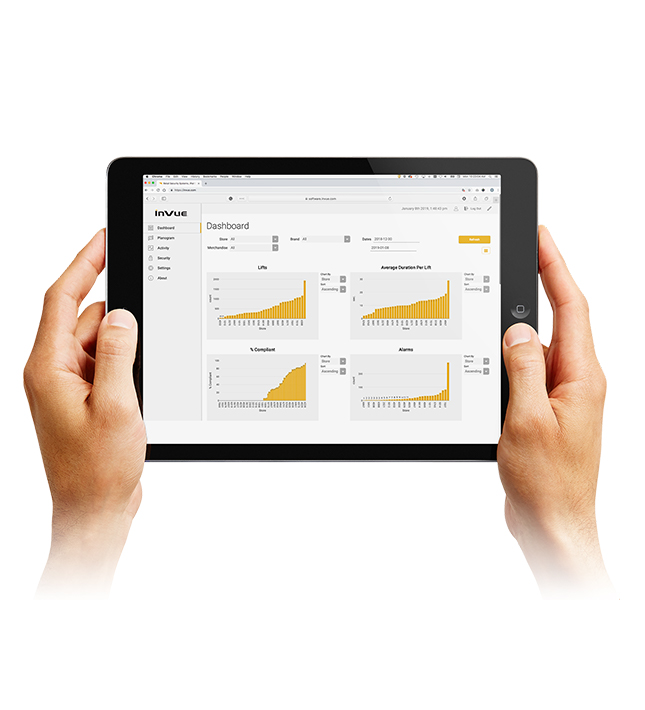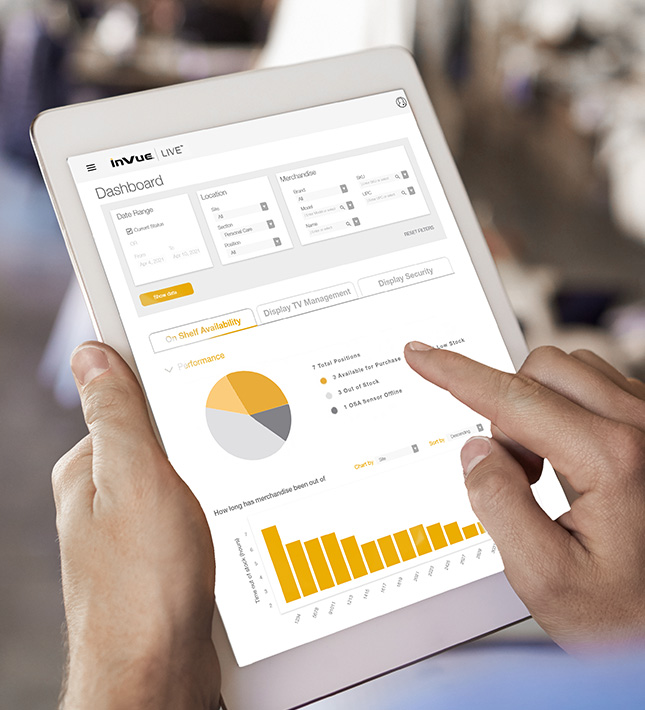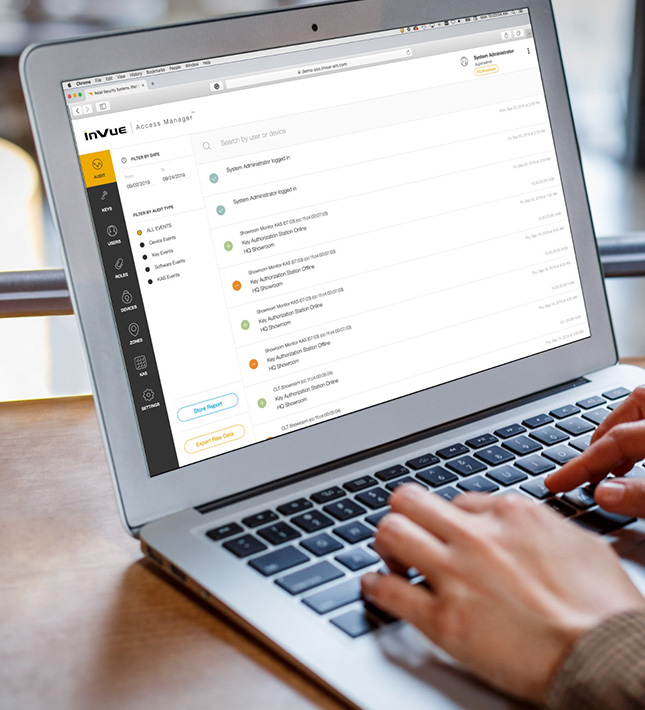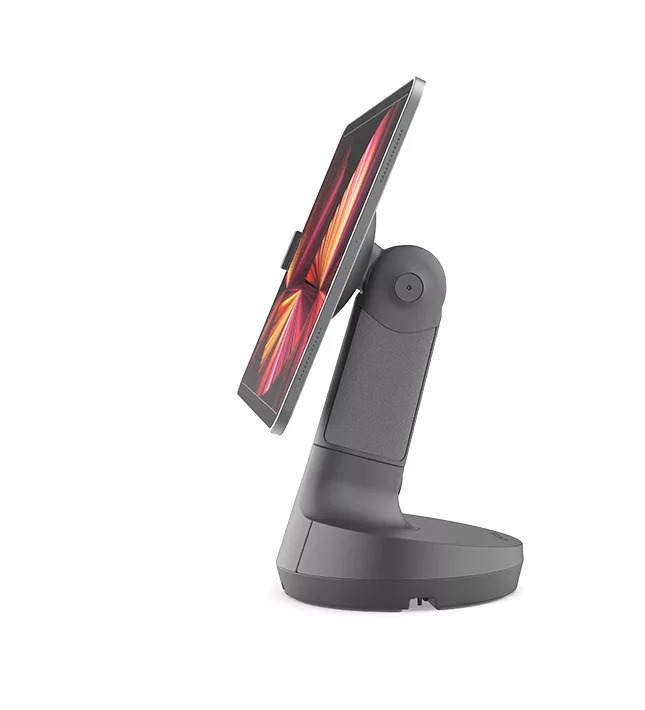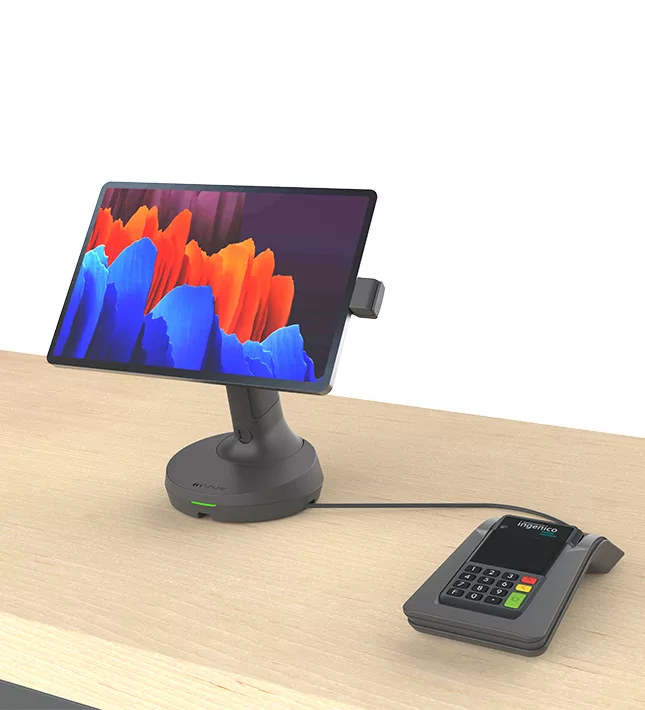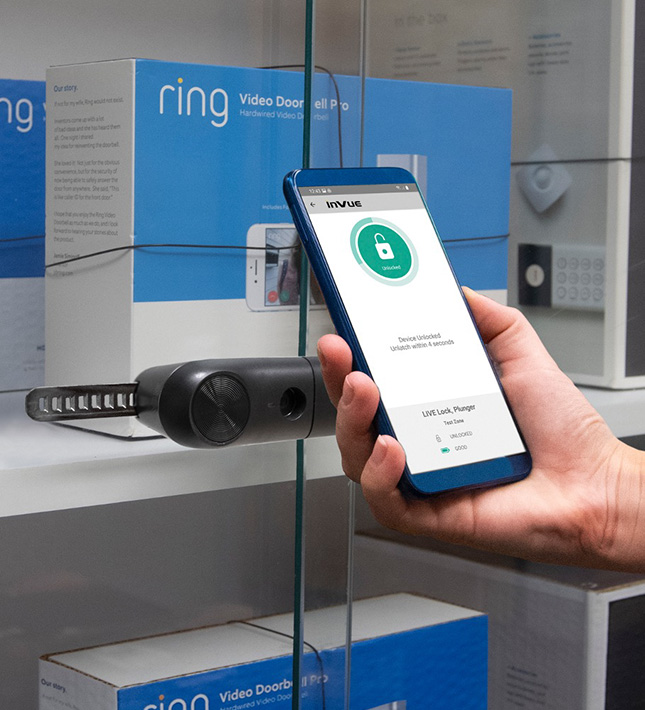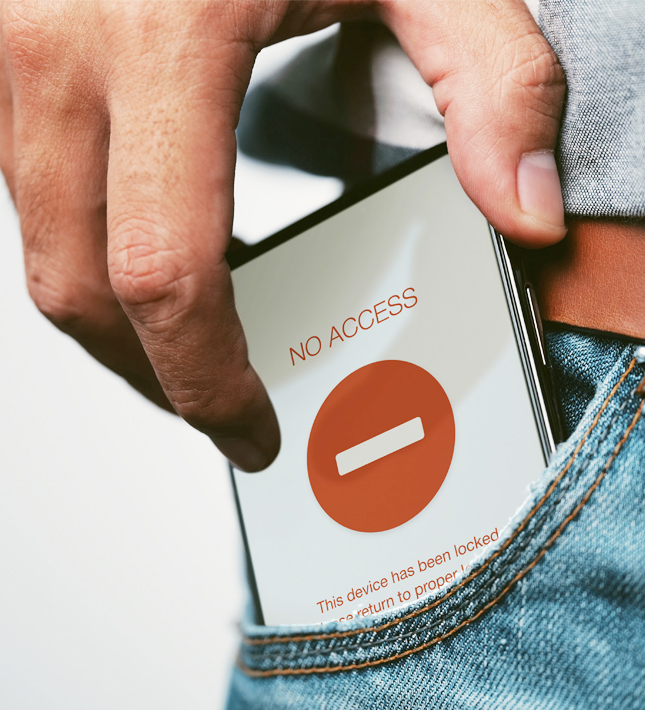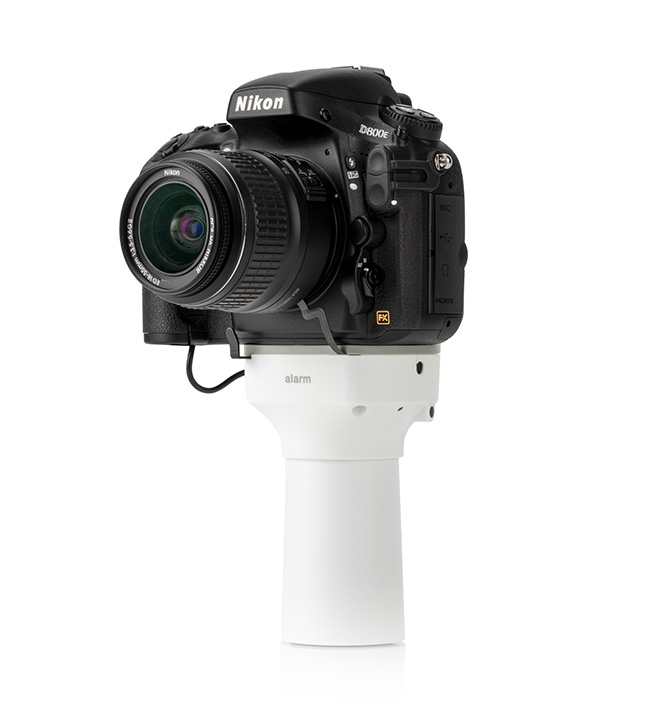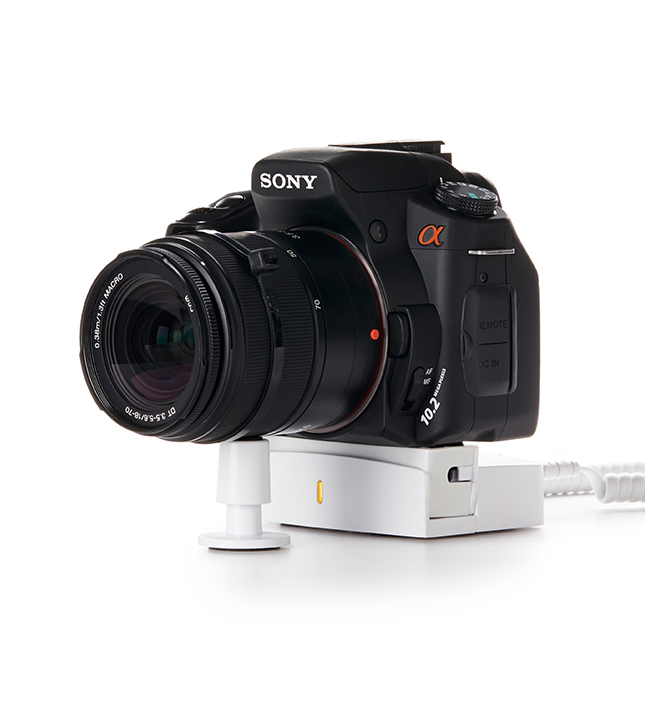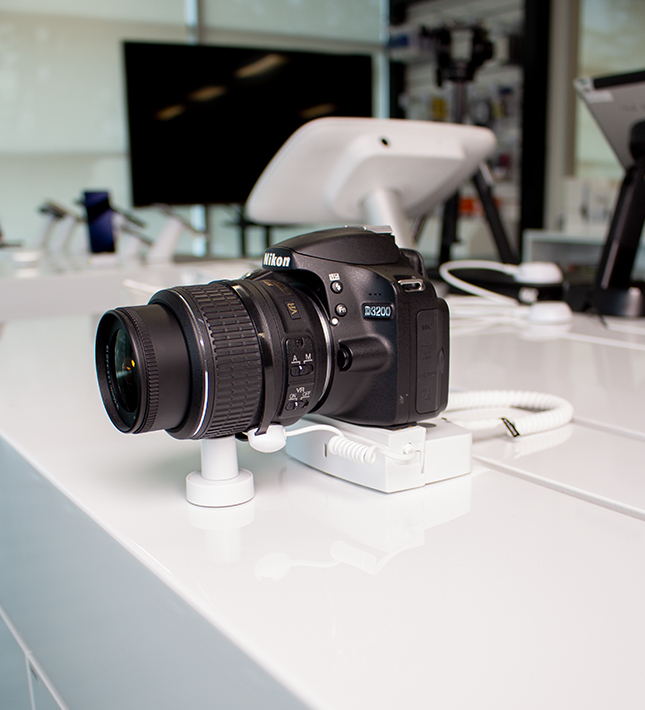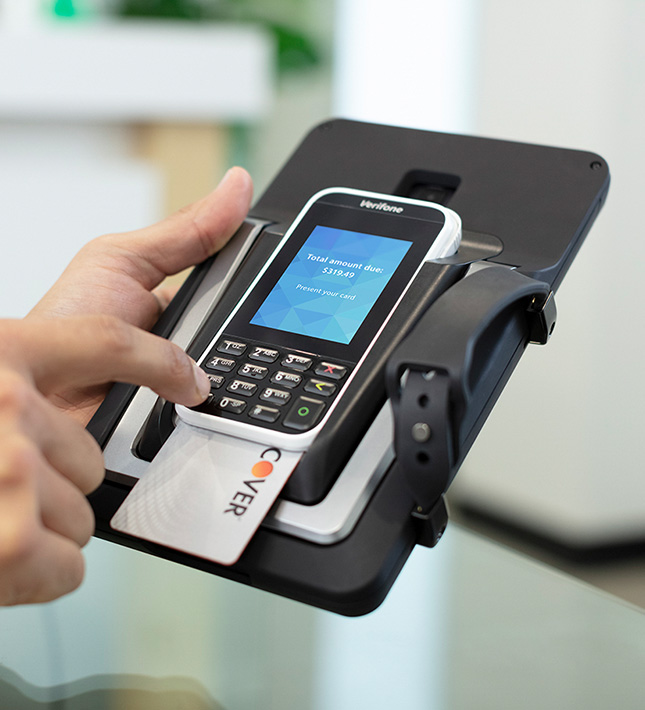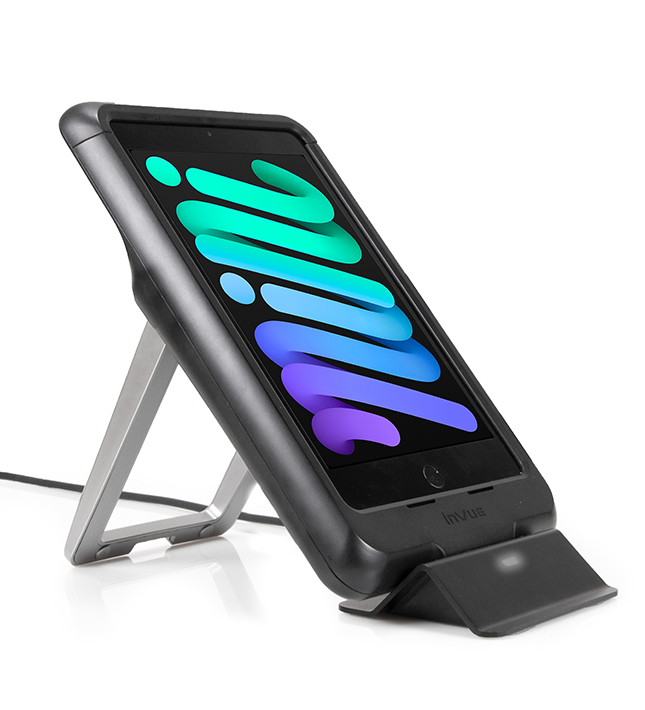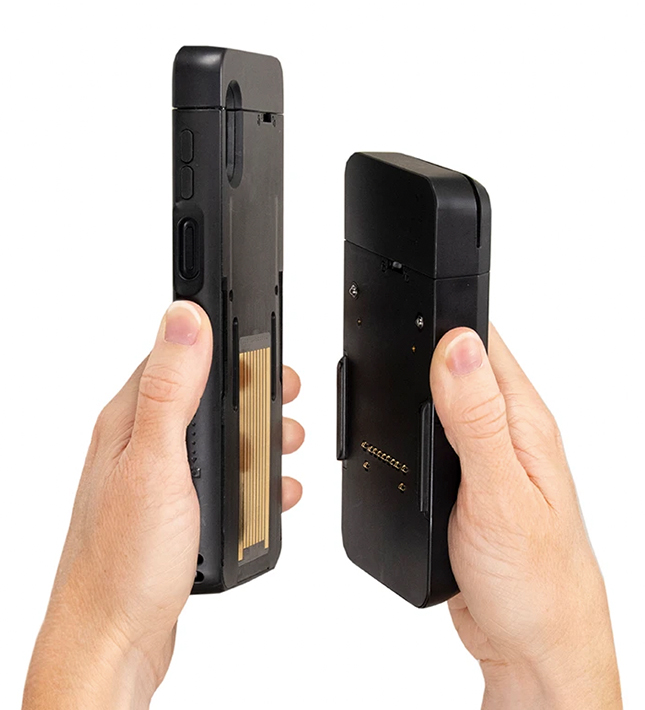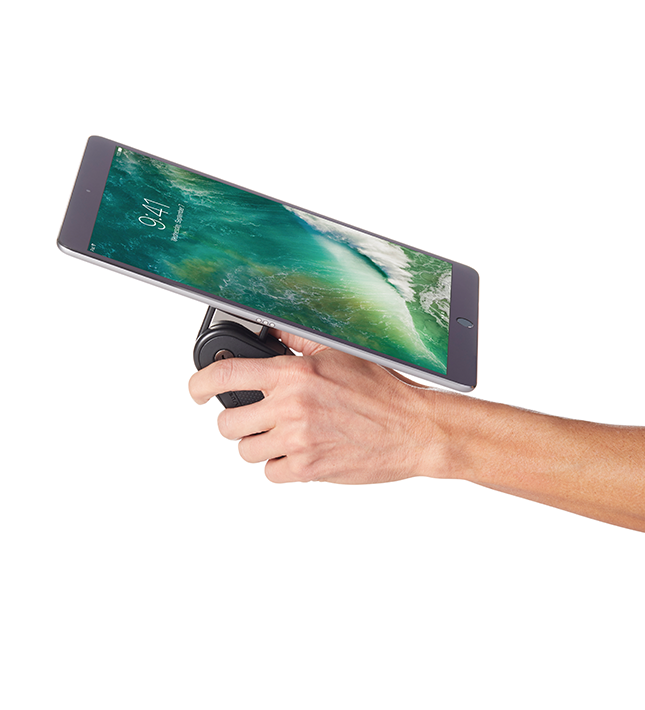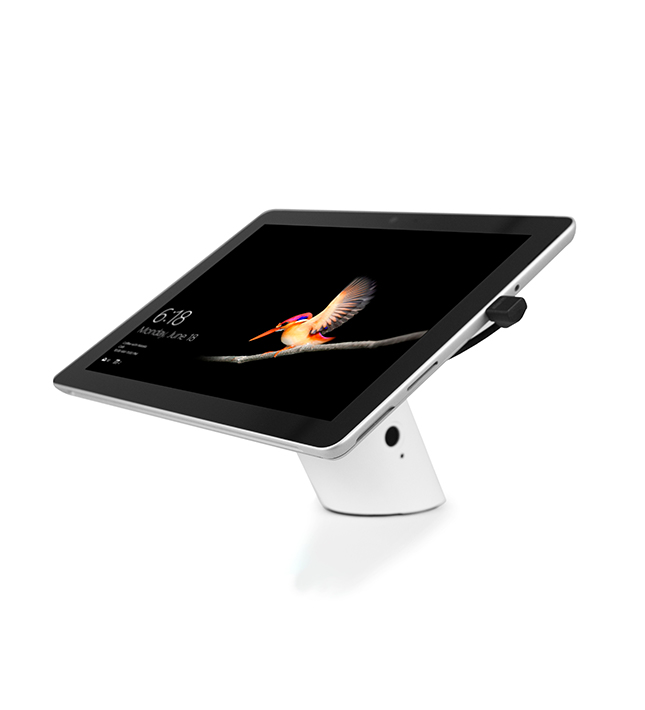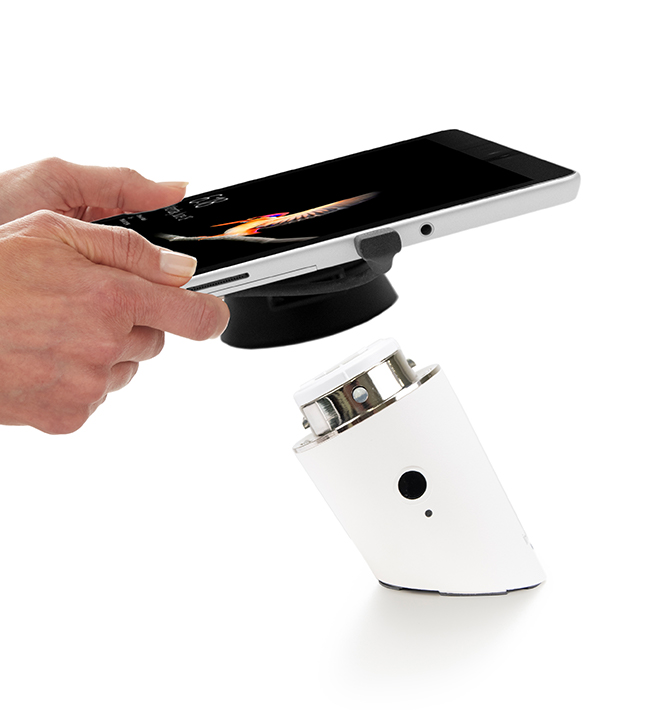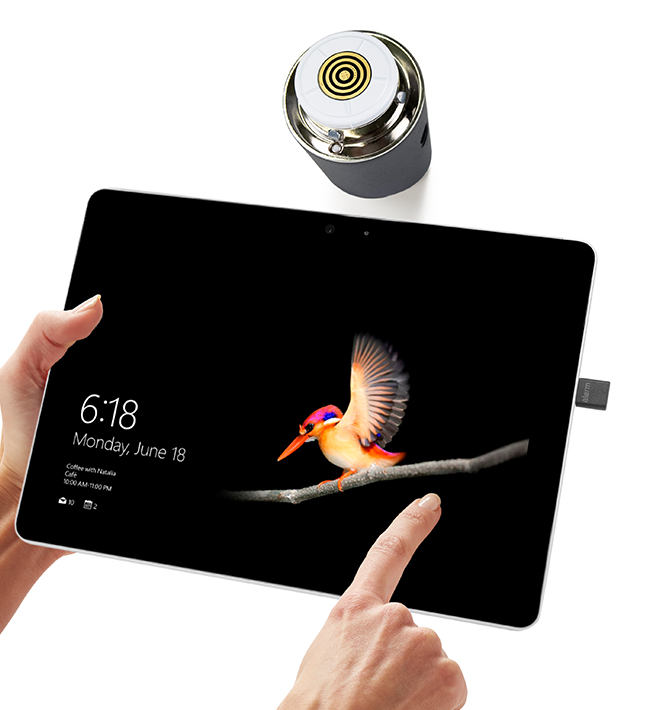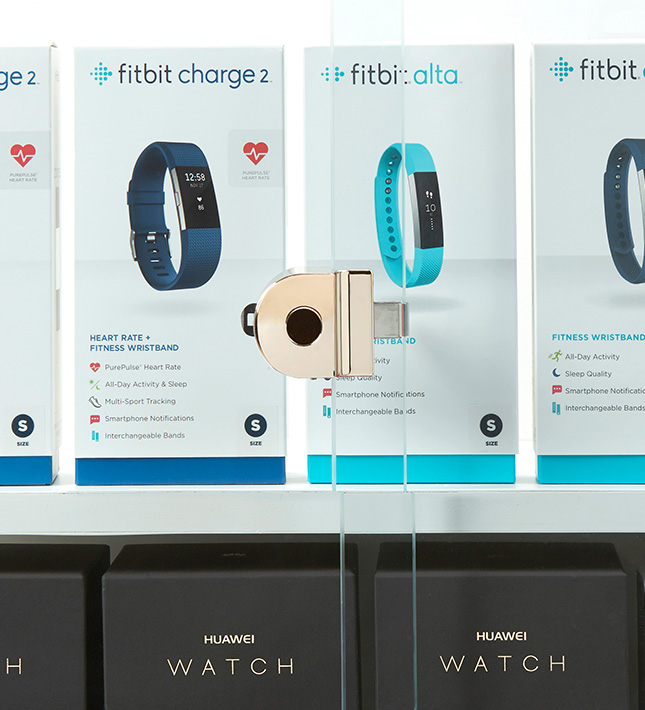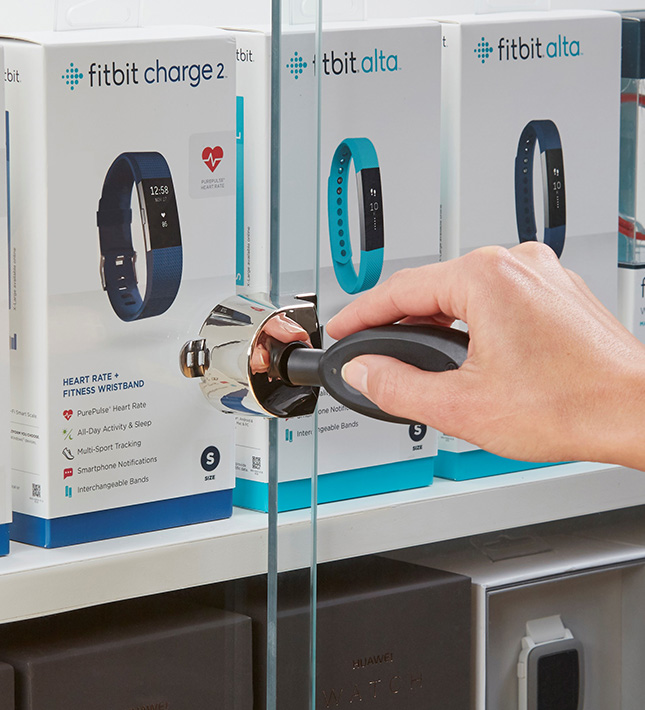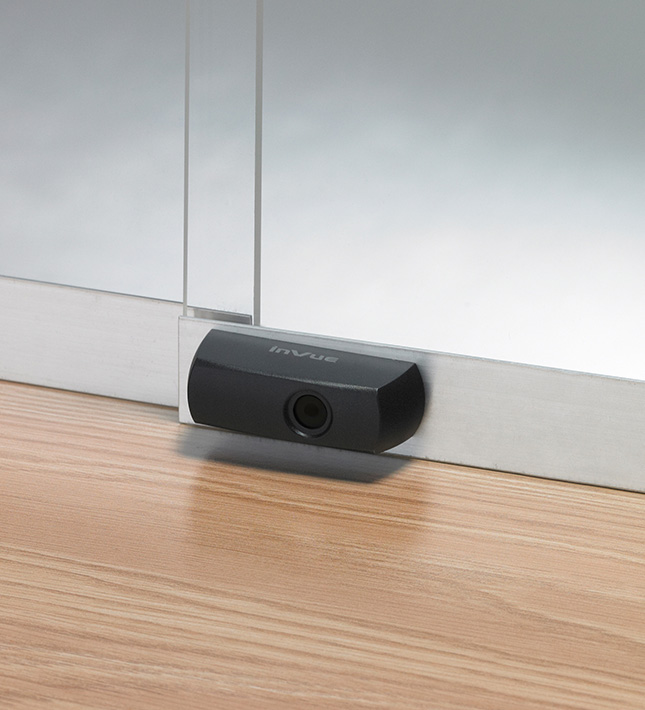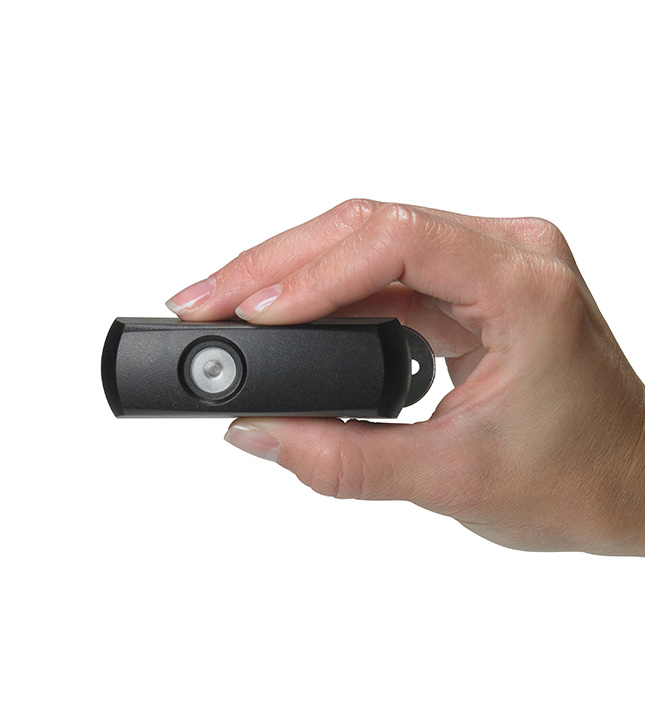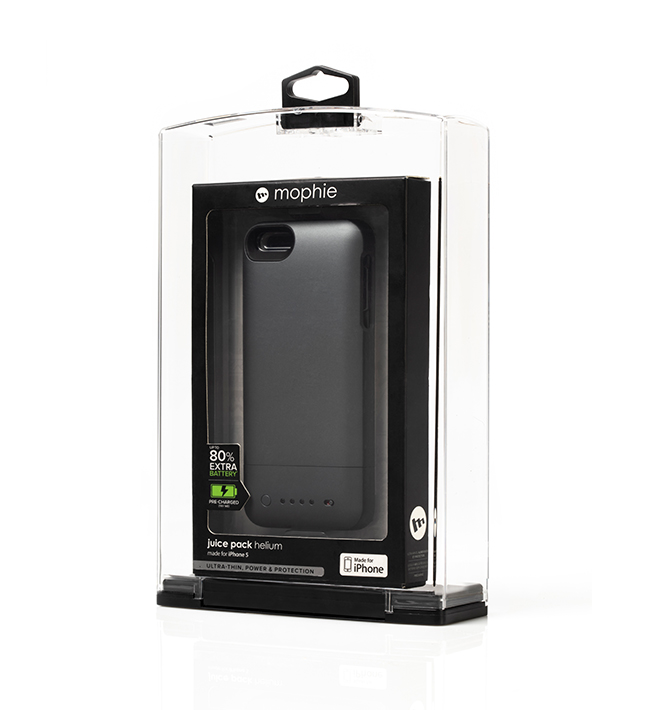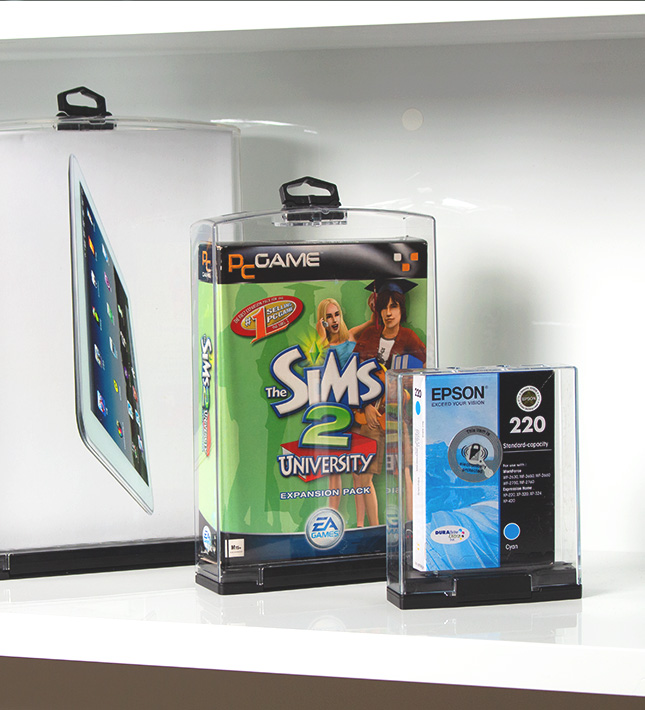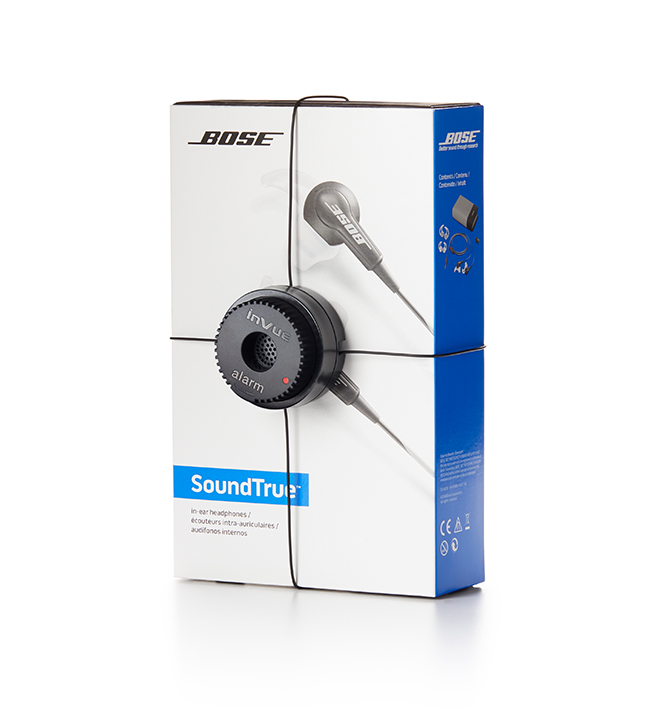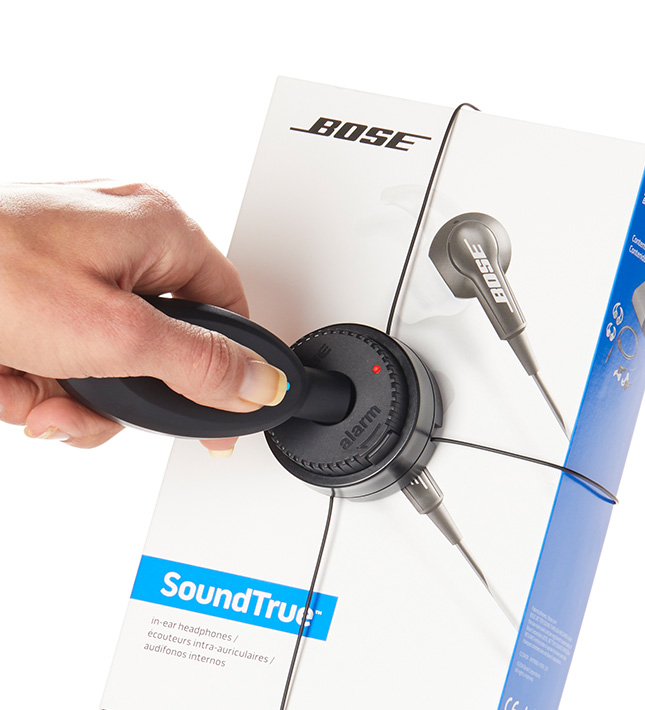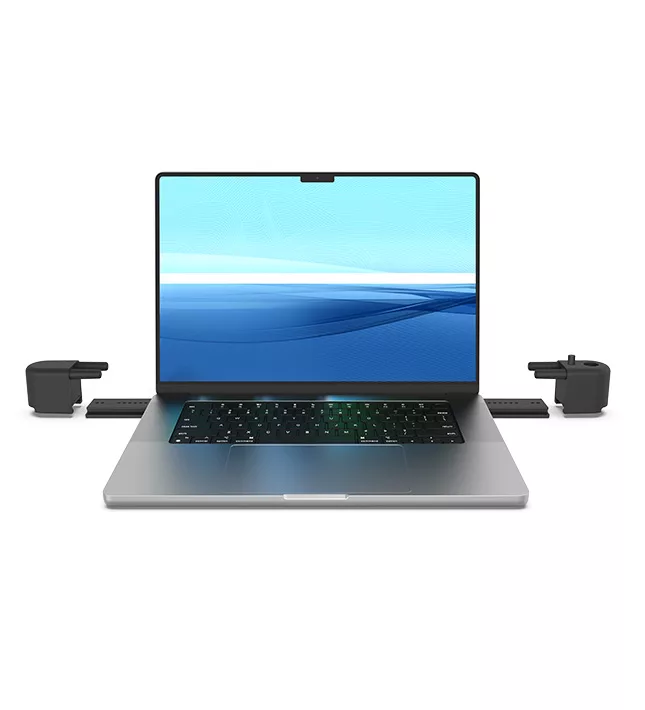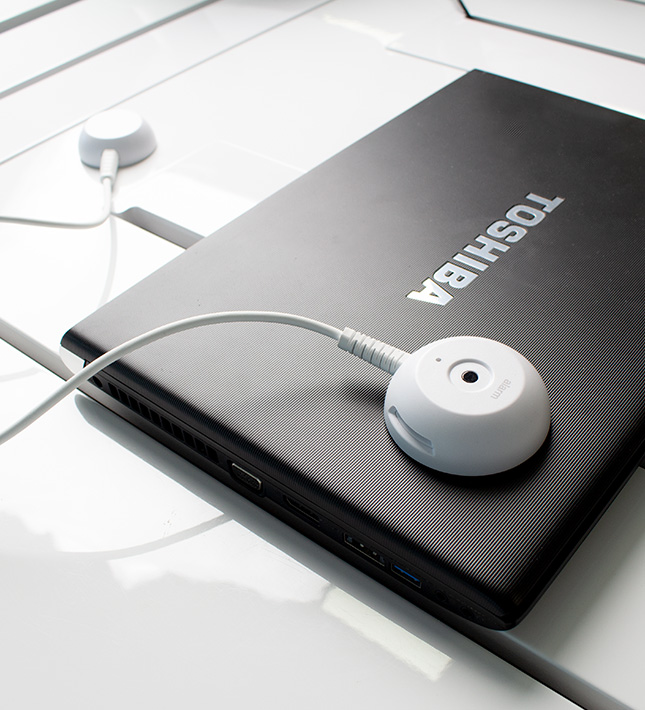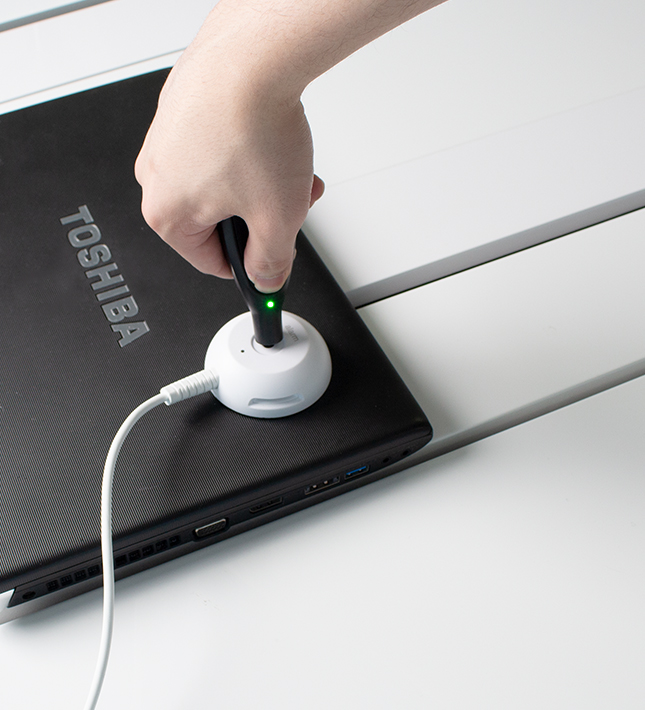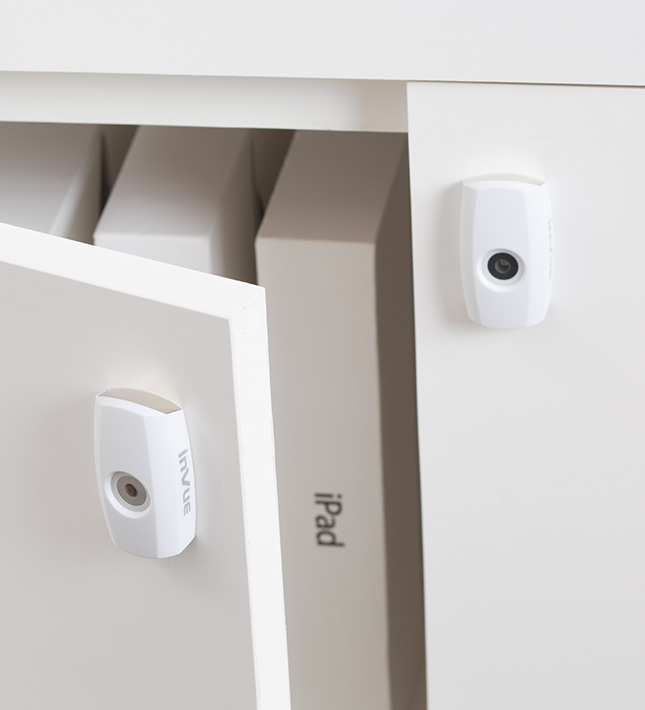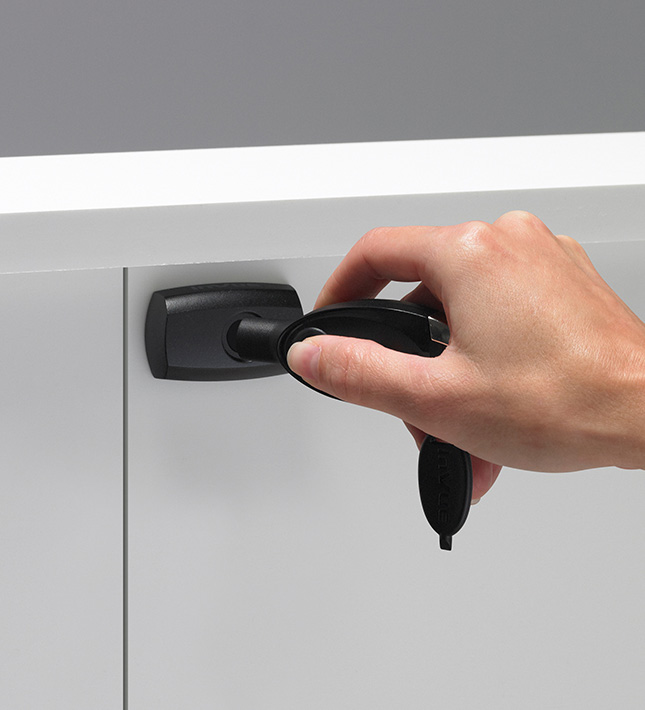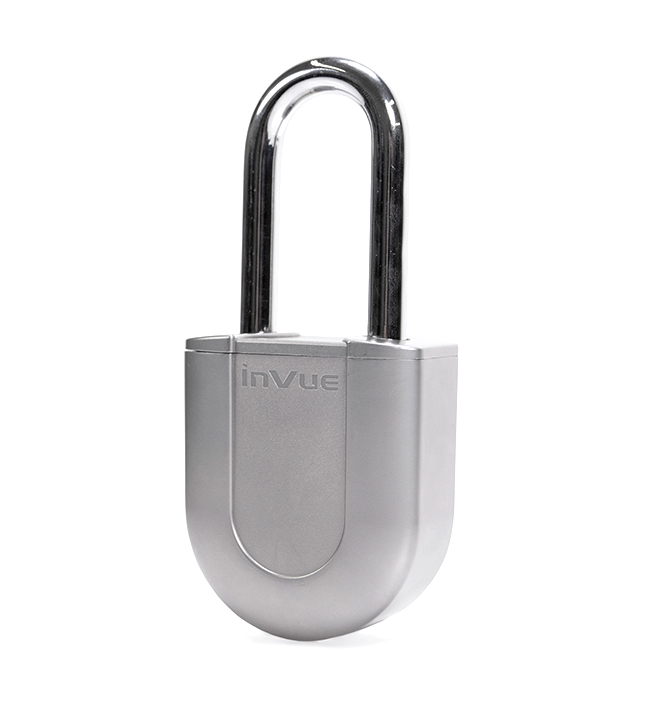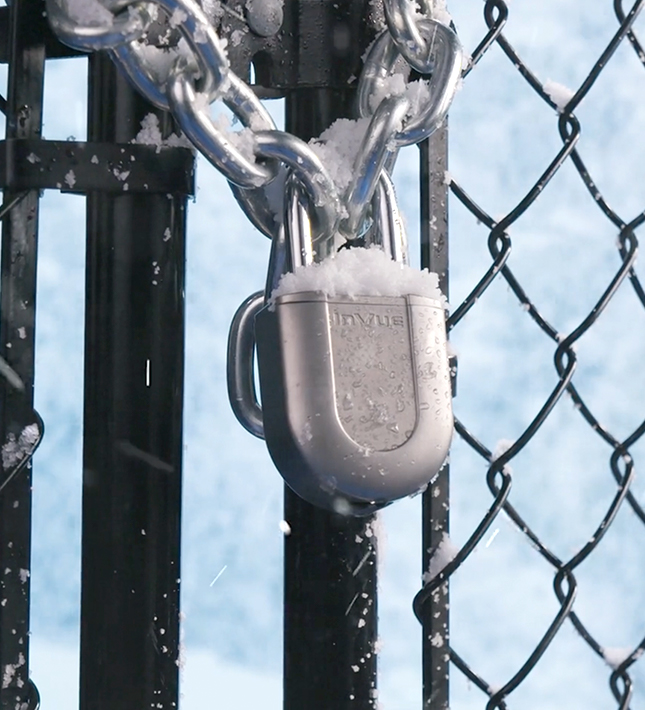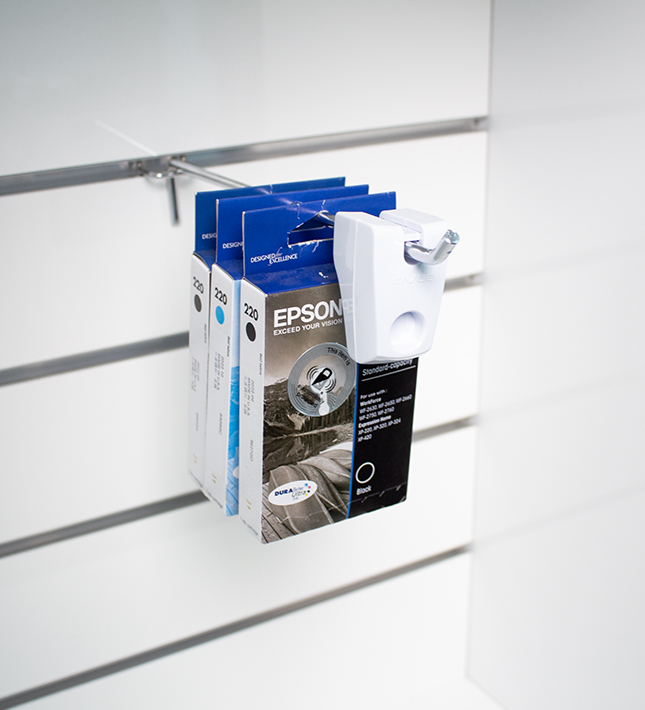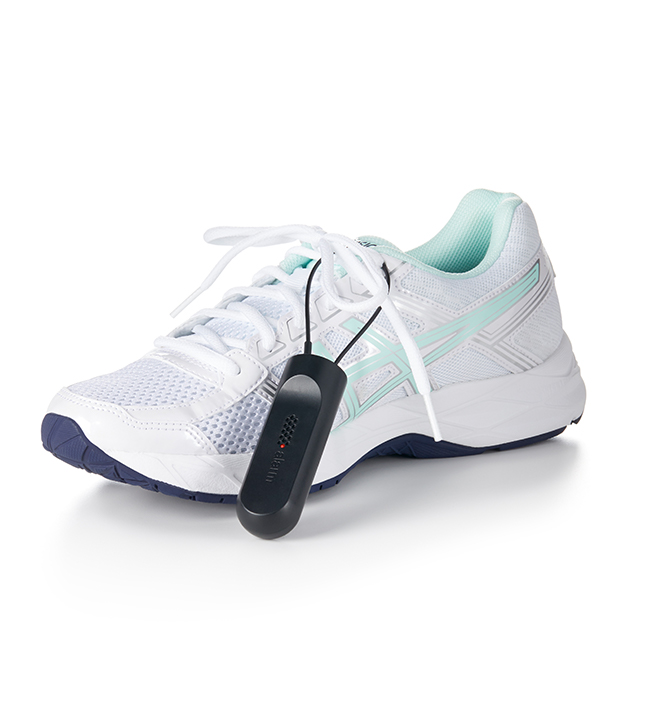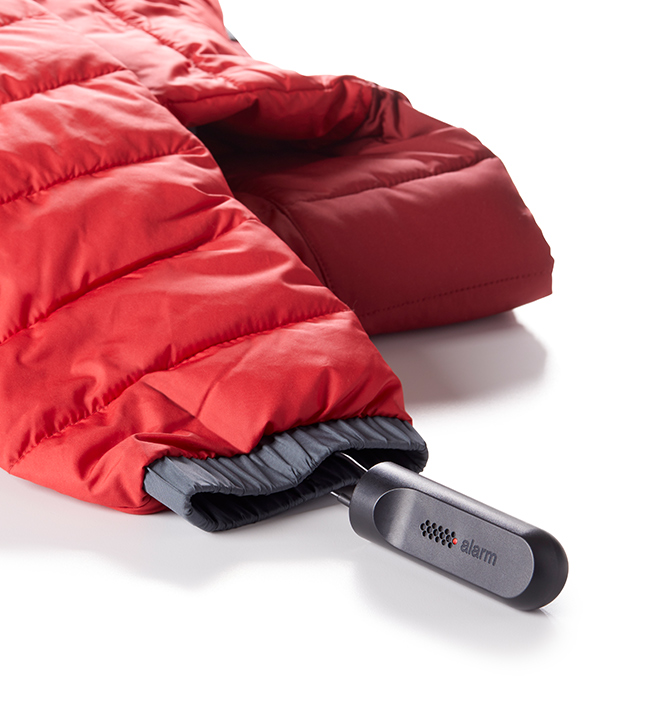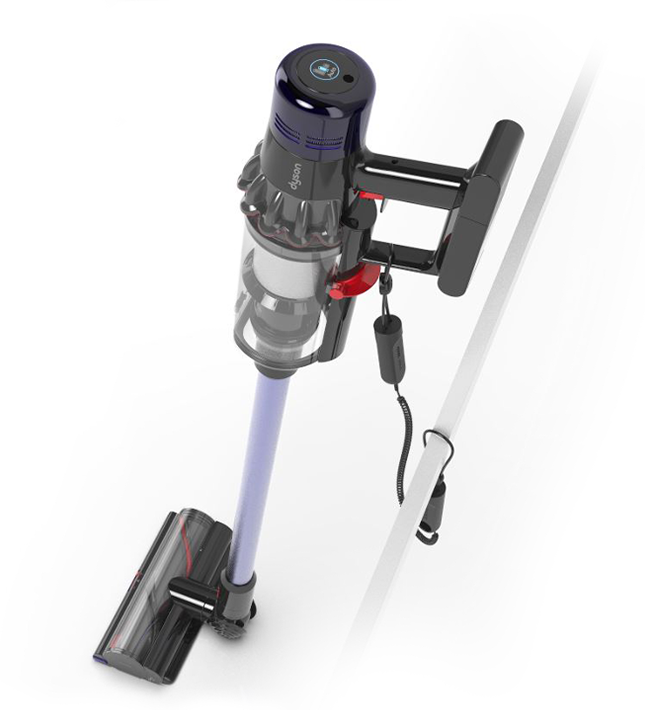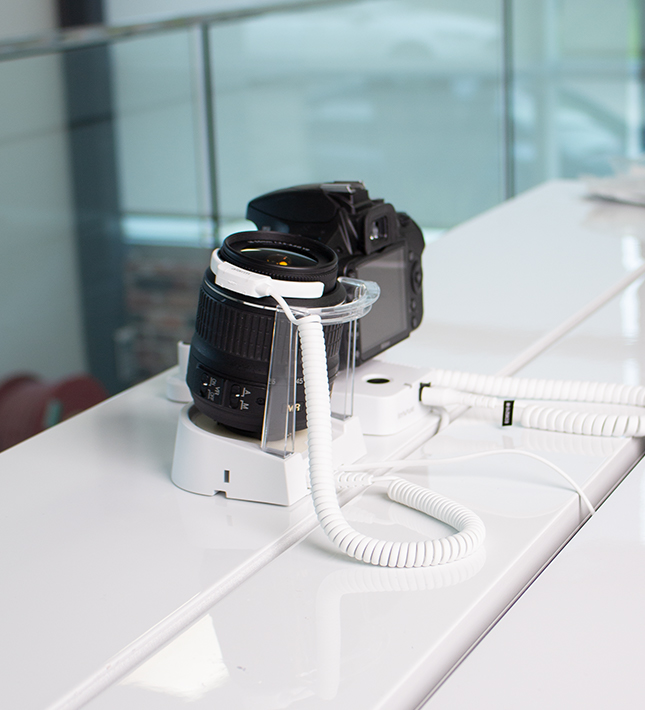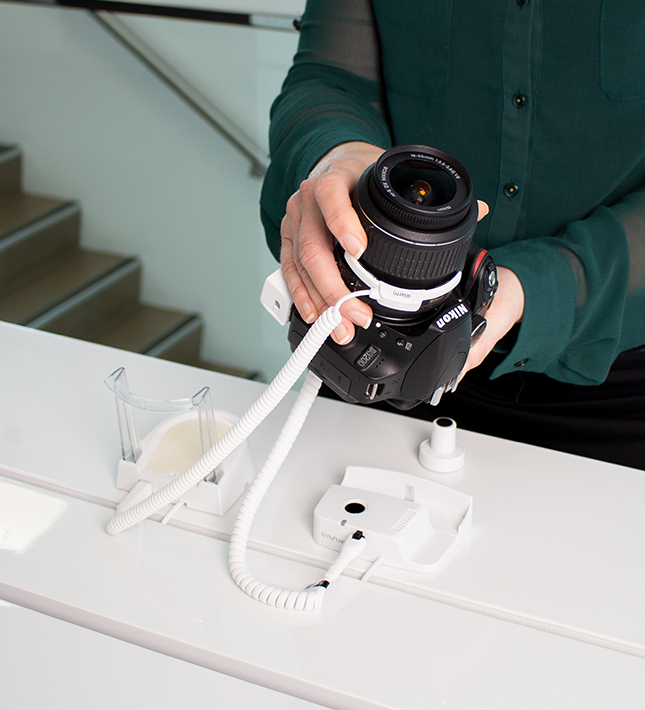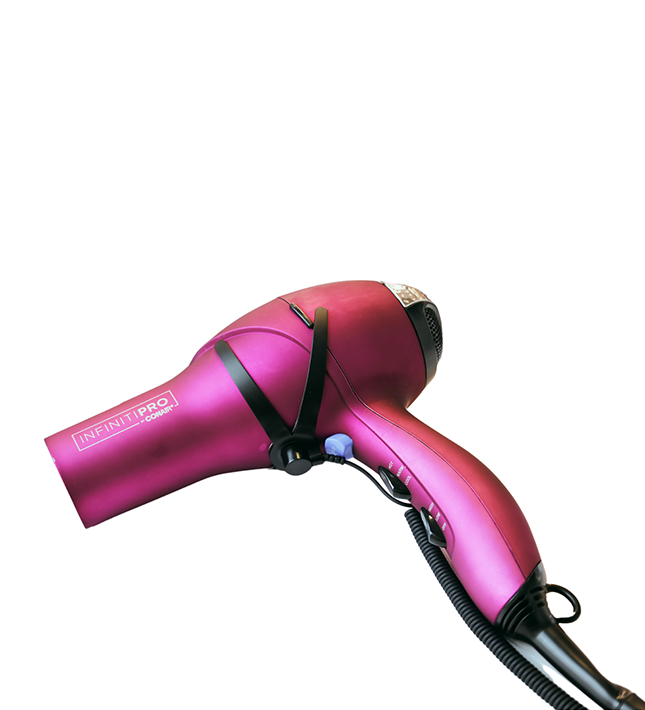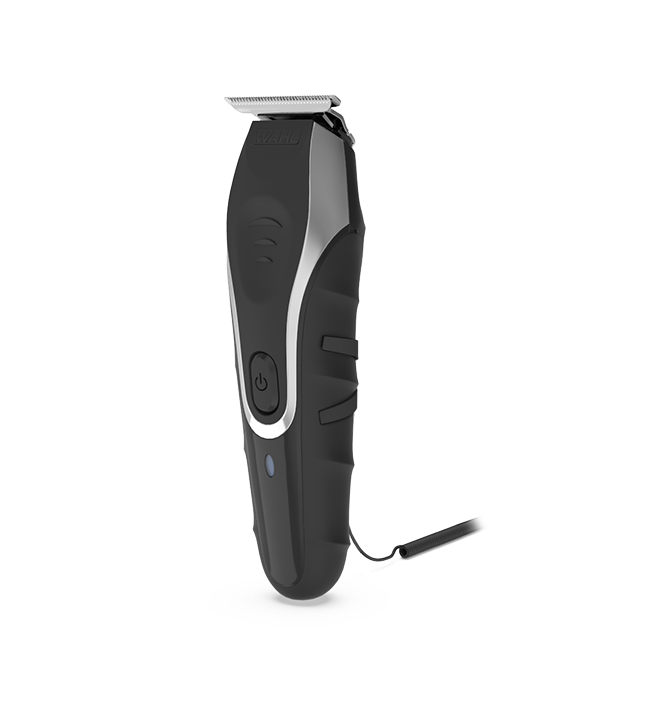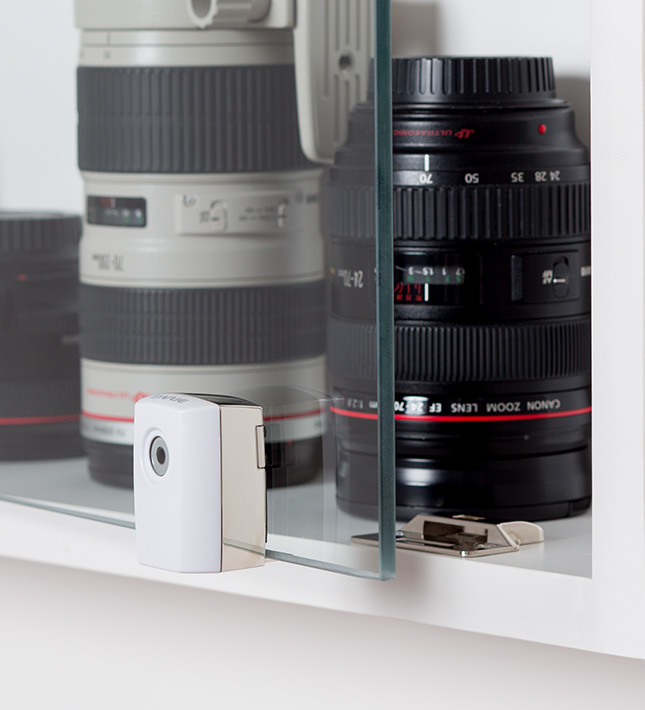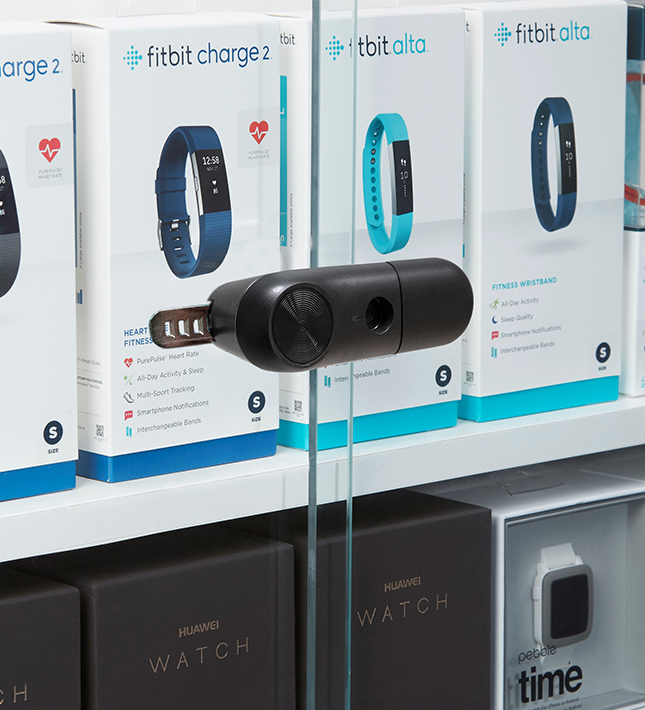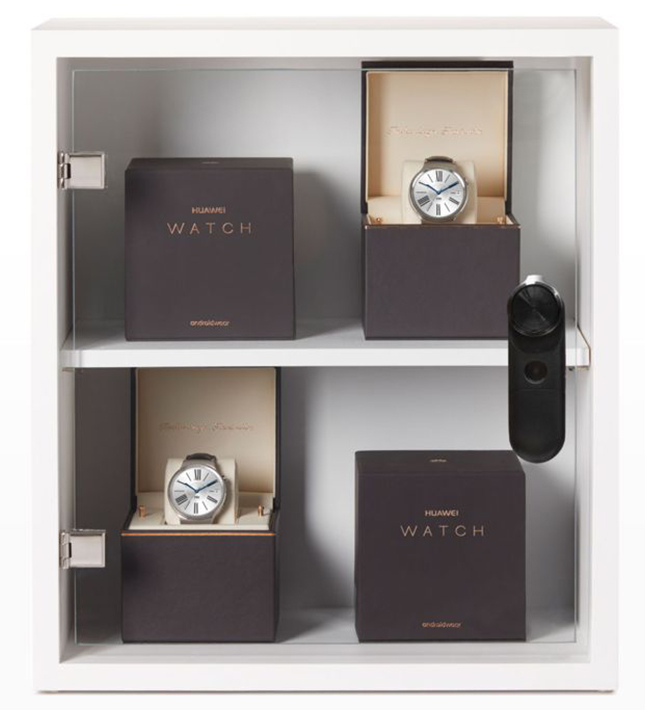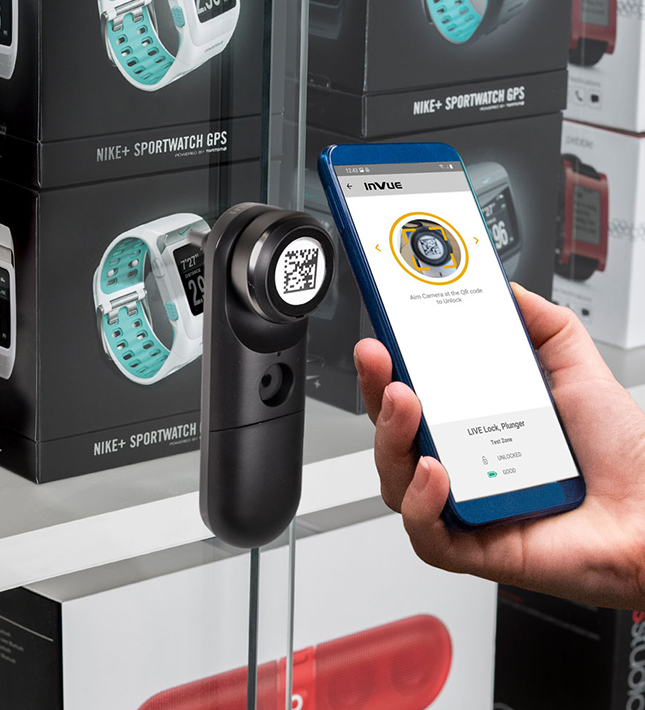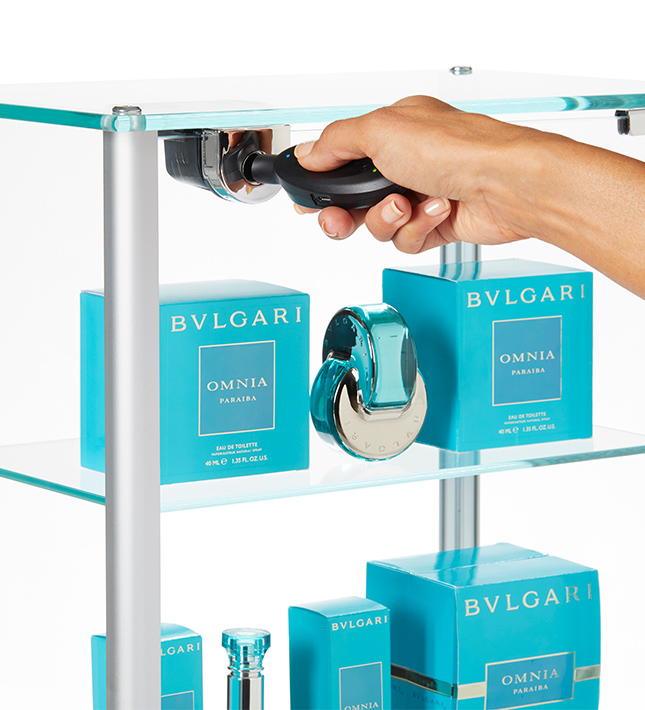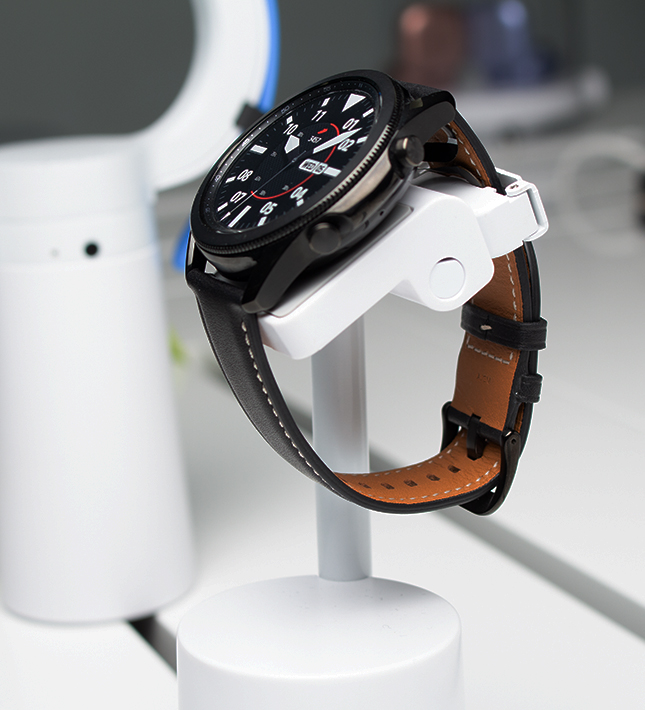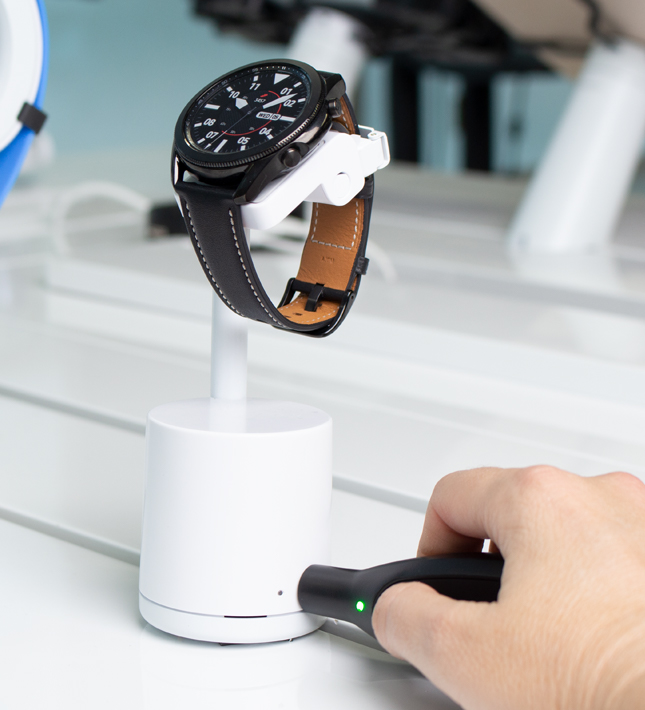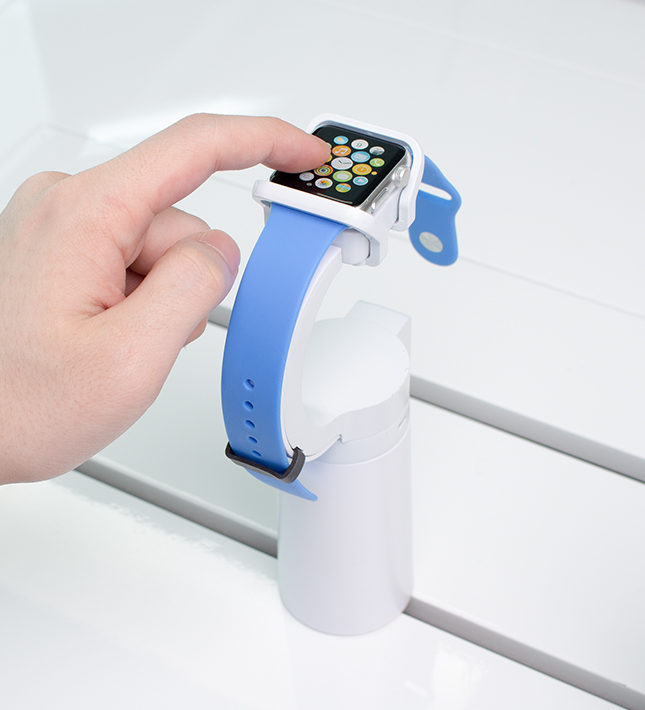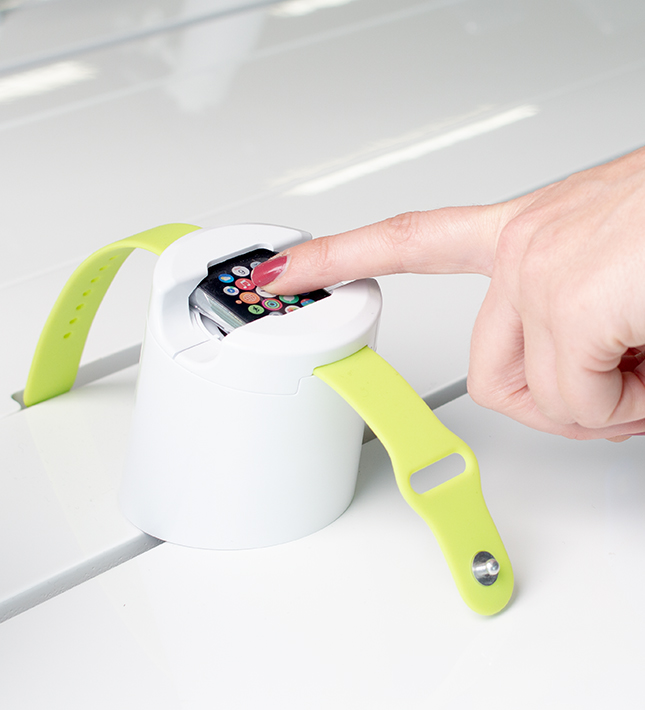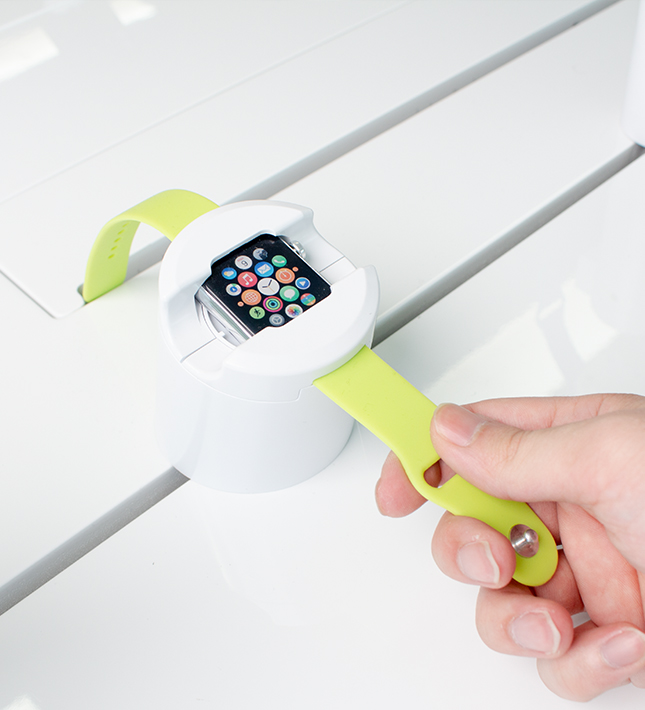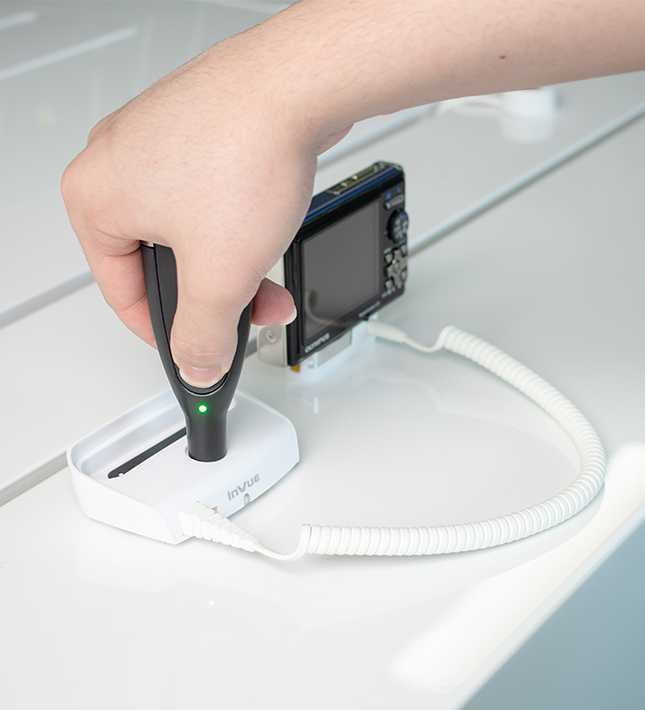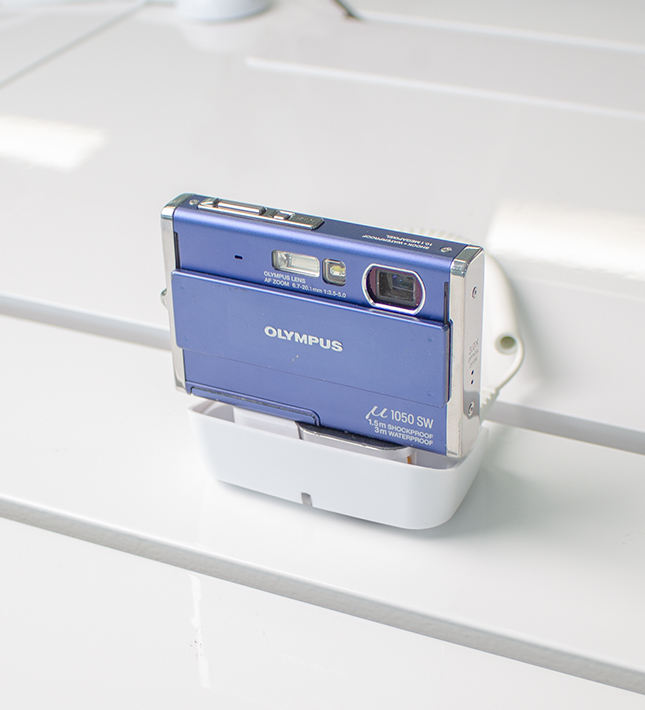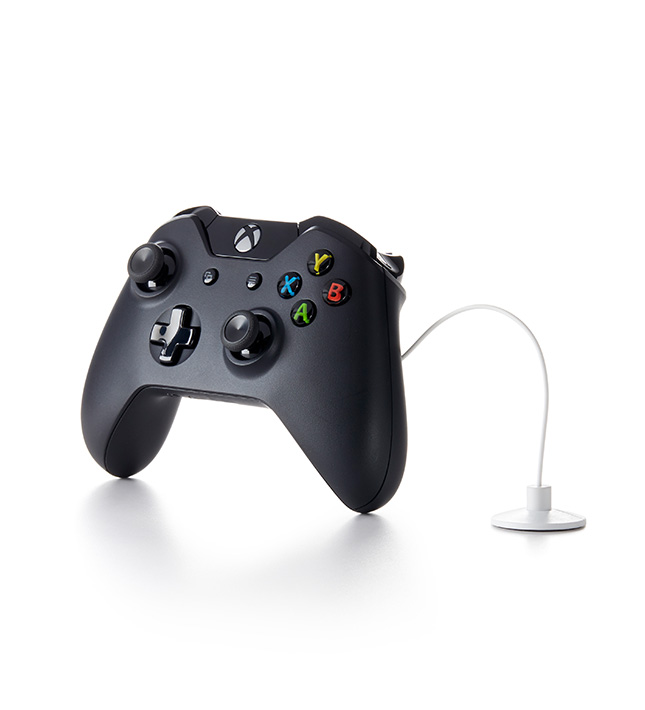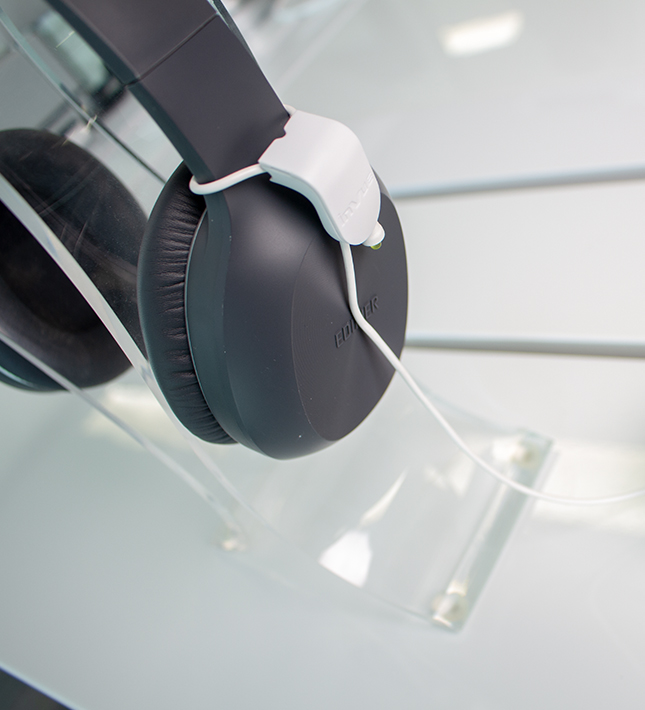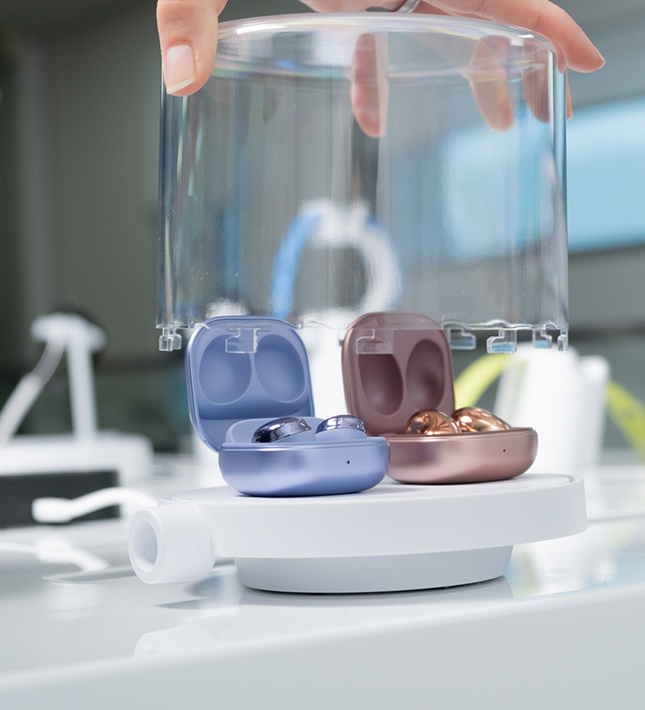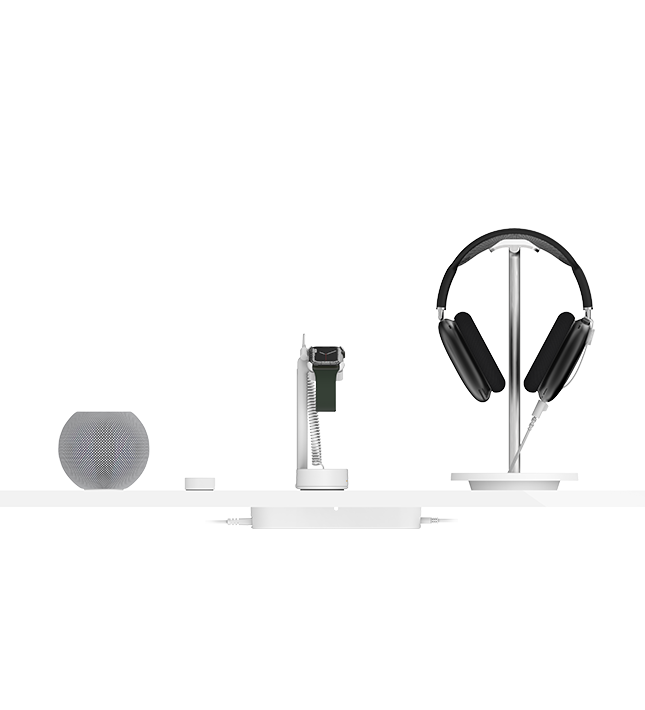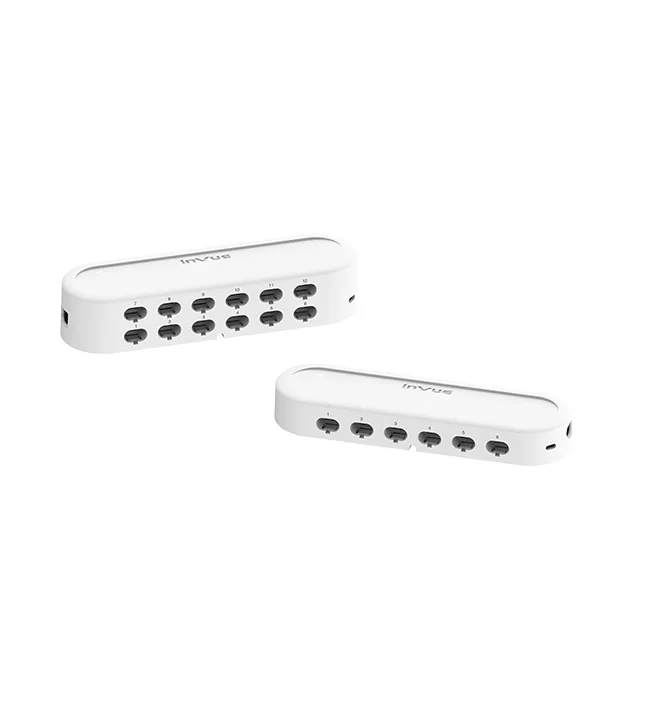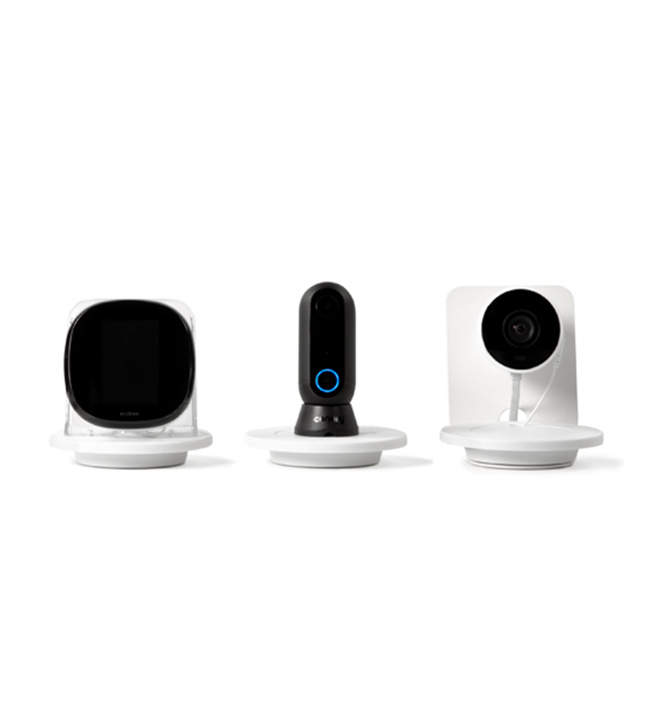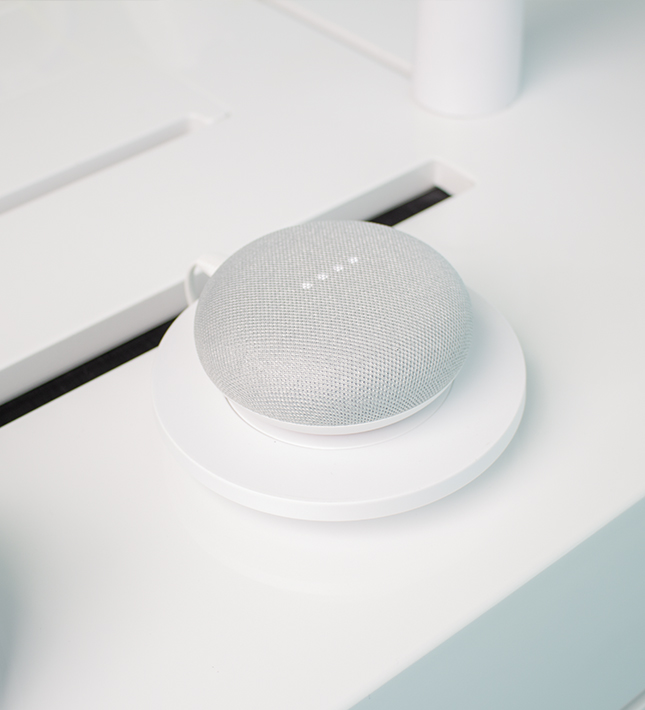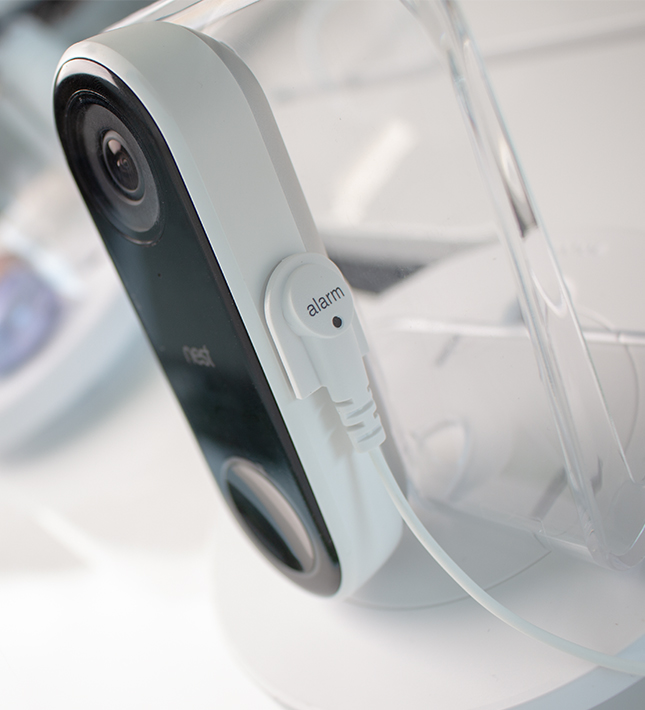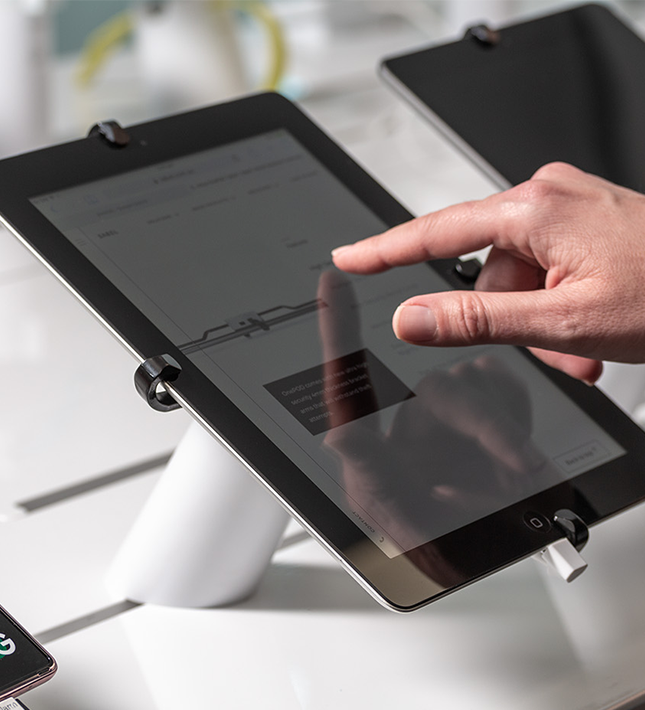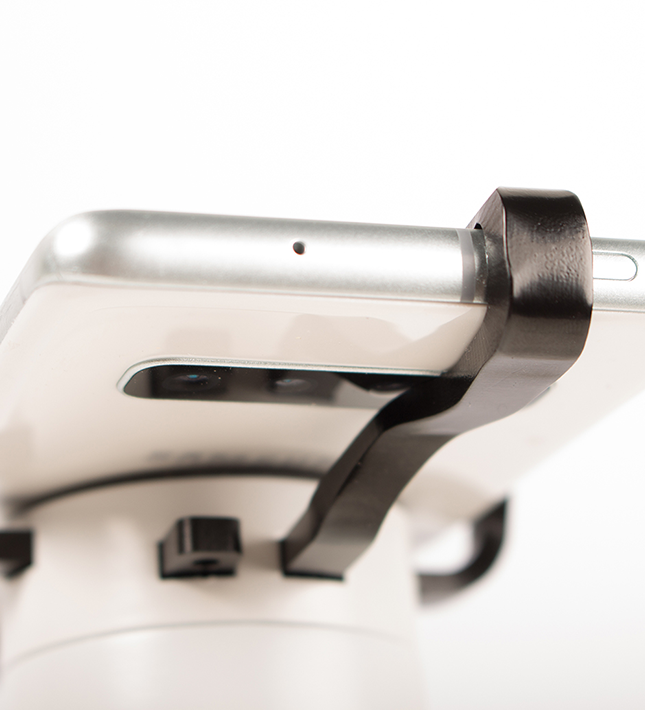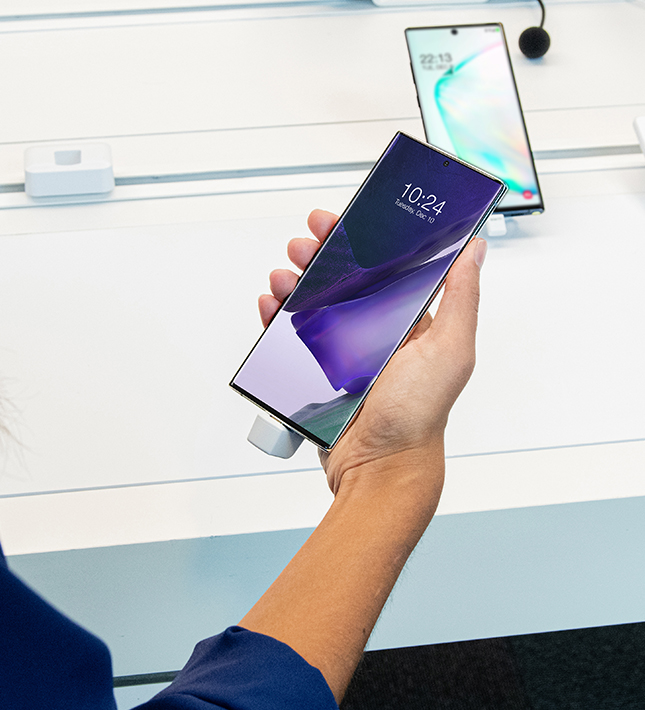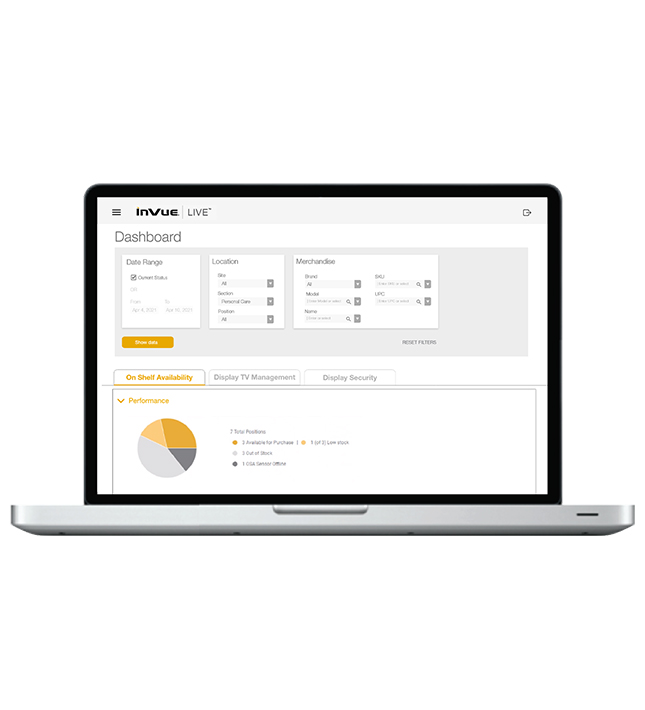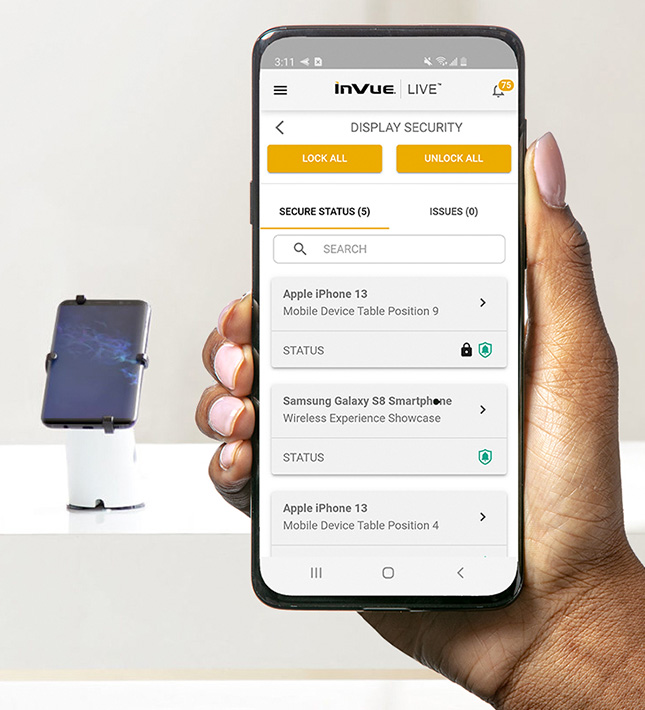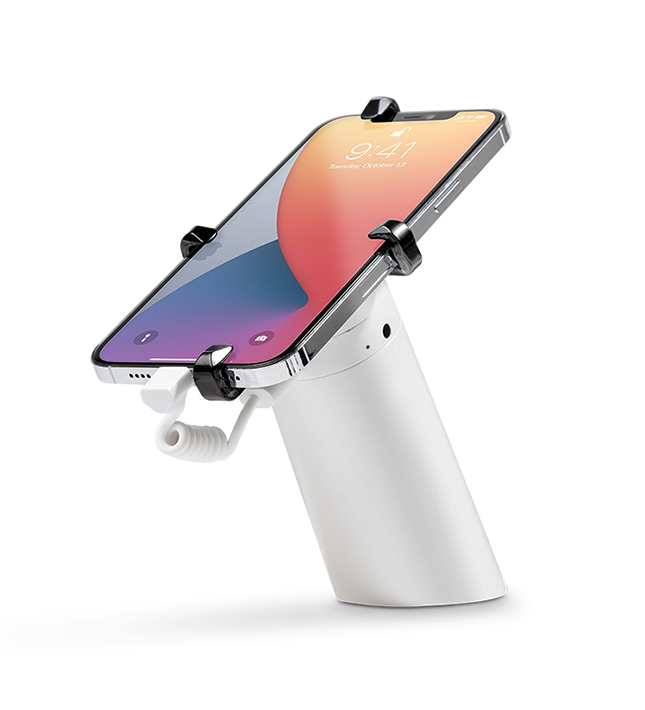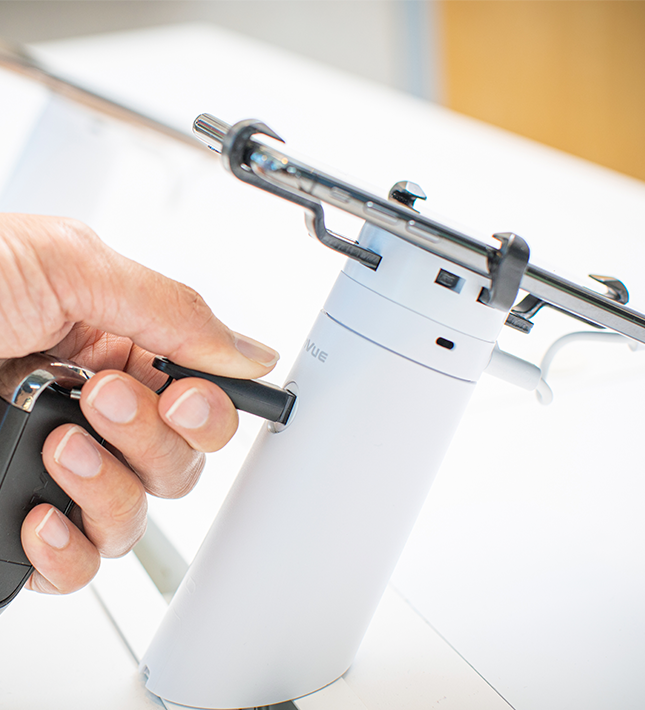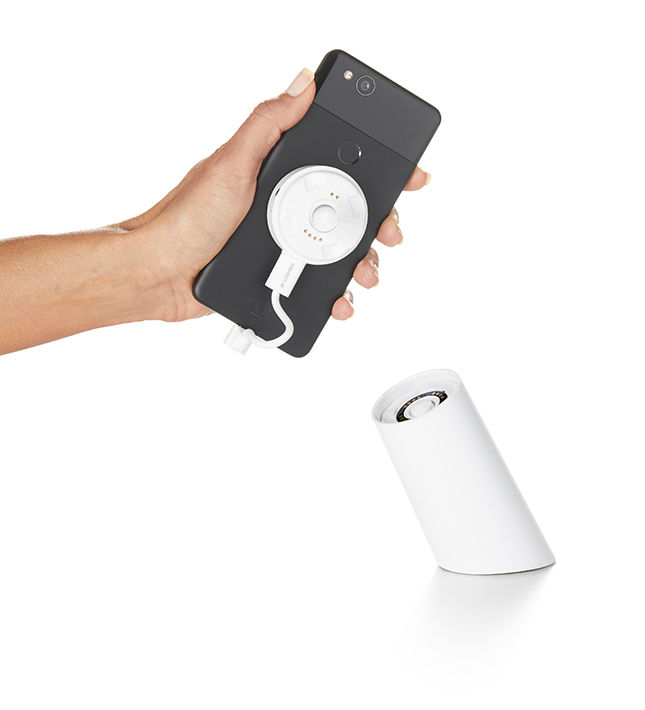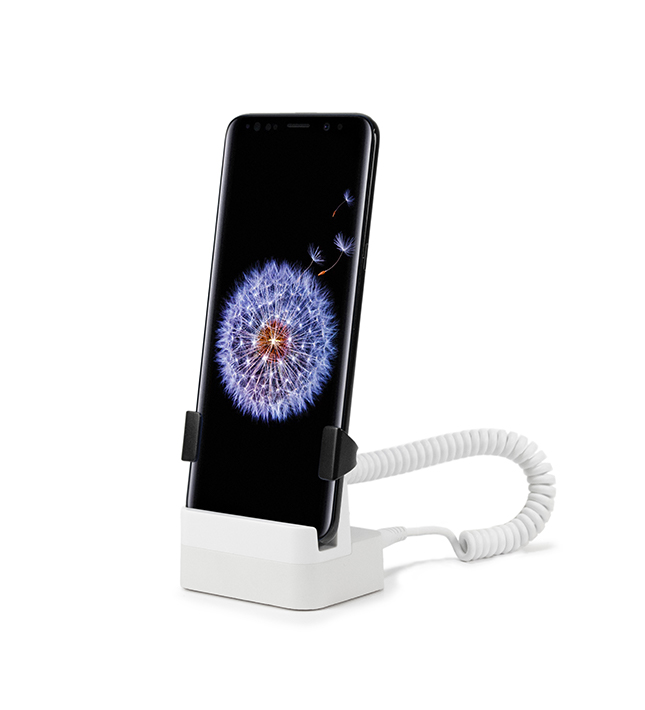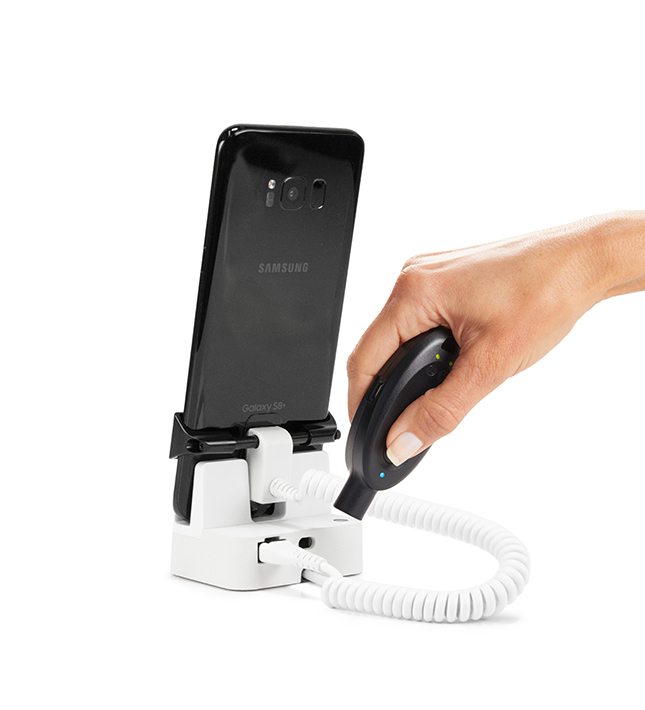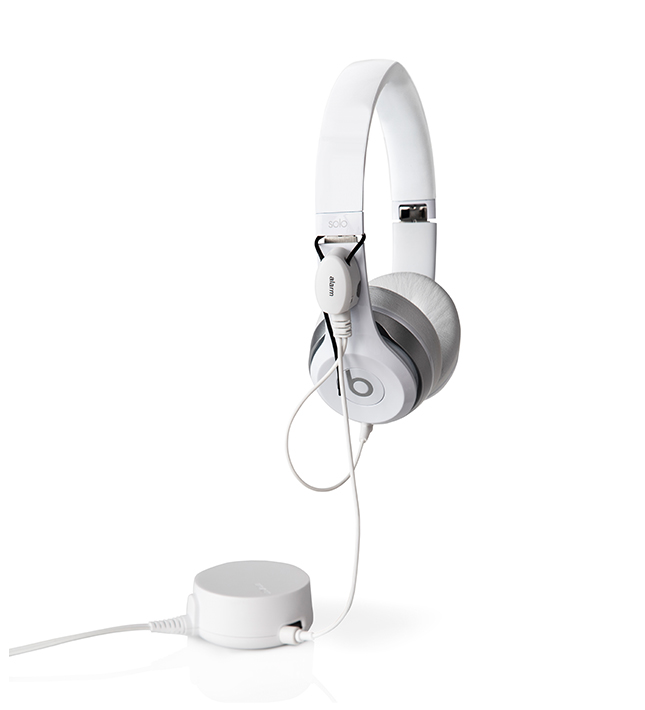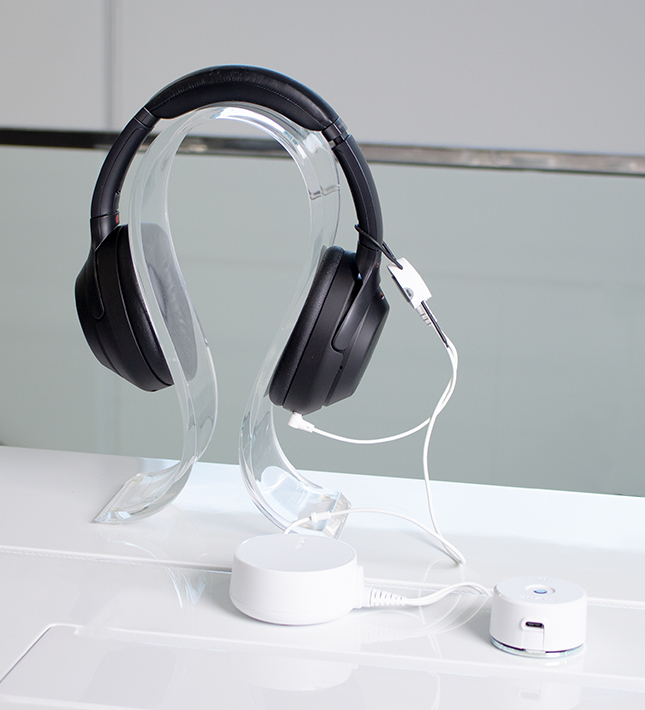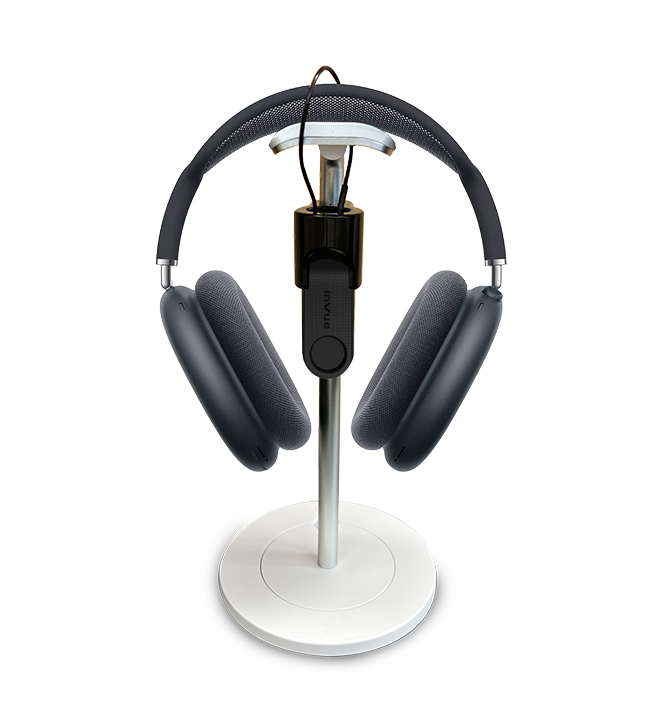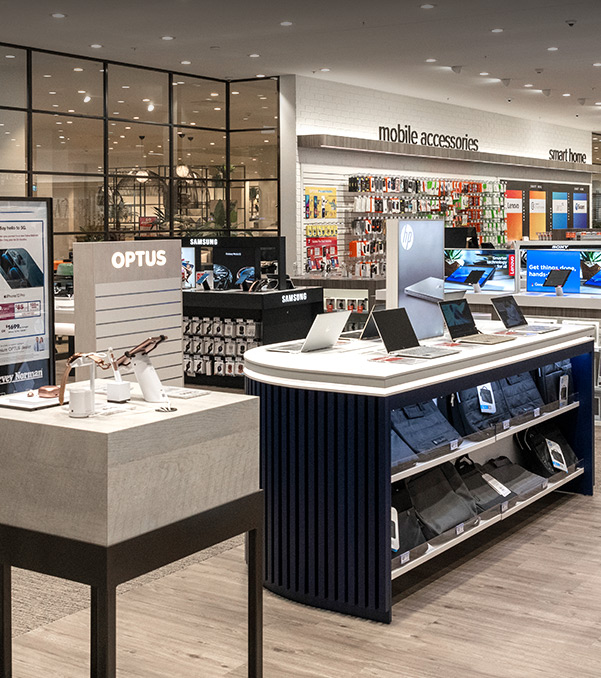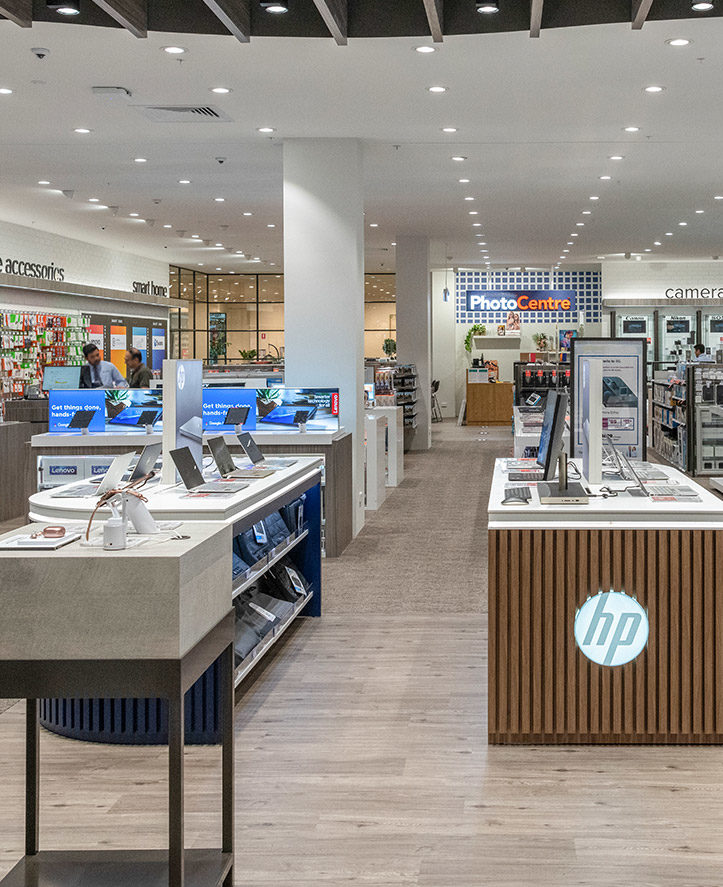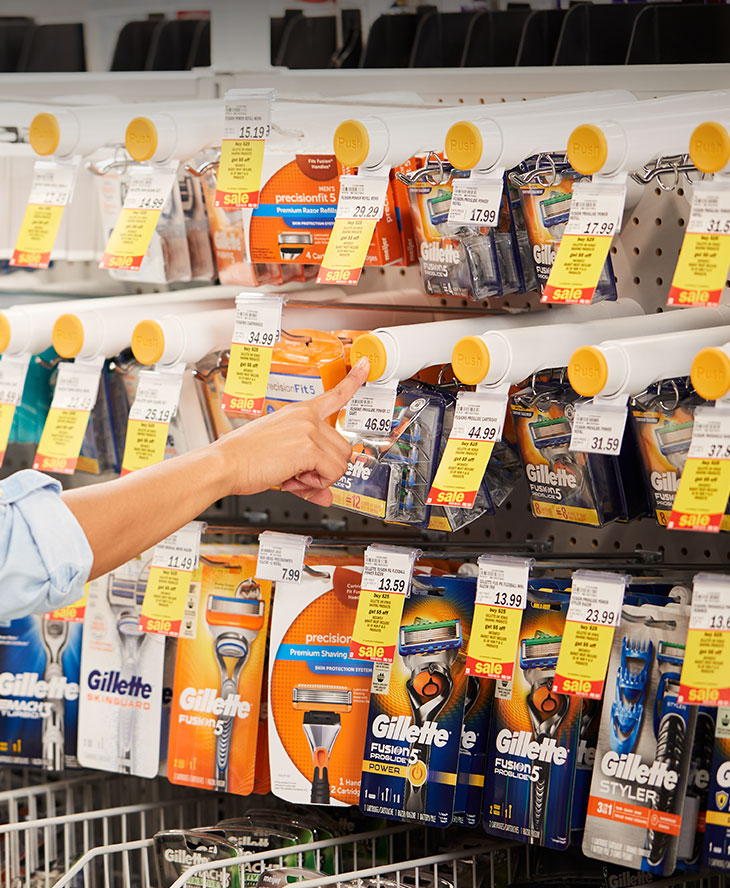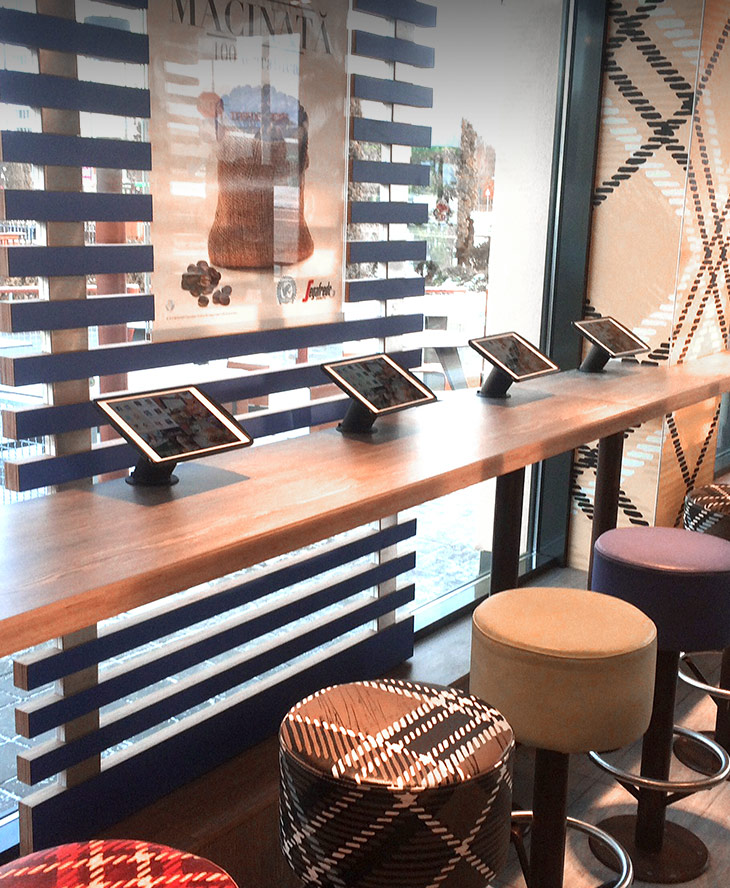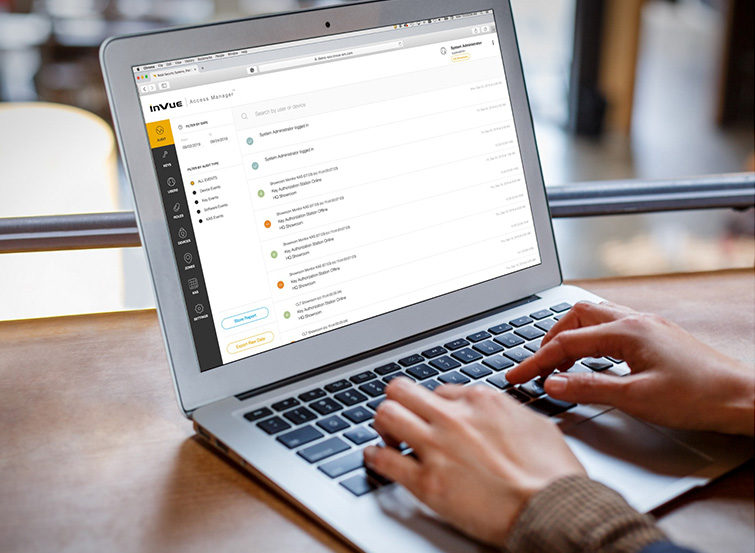What is smart retail?
Smart retail draws on the interconnectivity of the modern world to empower retailers to deliver a better, more personalised customer experience along with greater efficiency throughout their operation.
Like most ‘smart’ arenas, smart retail revolves around the Internet of Things, Cloud technology and mobile internet.
It also taps into trends like artificial intelligence, machine learning, automation and analytics.
Its adoption is rapidly accelerating due to a new era of mobile connectivity brought about by 5G which allows more devices to connect to mobile internet networks and relay information to each other.
And that has major impacts for the retail sector affecting five key areas – e-commerce, smart phones, beacons, the supply chain/inventory, and mobile Point of Sale.
E-commerce

Customers now have the ability to shop and pay for products in the palm of their hands, courtesy of online retail, digital wallets and a mobile network that means the internet is with them wherever they go.
In recent years that’s kicked up a notch further, with social media users given the ability to purchase products in-platform.
In other words, if you see it on social media and love it, there’s the opportunity to buy it right then and there, and more and more people are embracing that trend.
Earlier this year, HubSpot asked the question:
“Have you ever purchased a product directly from a social media platform? If so which one(s)?”
More than 50 per cent of consumers noted they had indeed purchased a product on at least one platform.
Smart phones
Most people appreciate they can search for and buy products on their smart phones, but smart retail goes far beyond that, offering a convenient space for consumers to interact with items using tools like artificial intelligence.
Indigo9Digital cites Nike and their smart phone app as a great example.
“The feature allows customers to find their true shoe size using a mix of artificial intelligence and augmented reality to scan a customer’s foot digitally,” Indigo9Digital explains.
Customers simply enable the feature on their app, point their smart phone camera at their foot, AI determines their shoe size, and it’s saved to the app.
“If a customer shops in-store all a sales associate has to do is scan a QR code in the app and they can retrieve the customer’s size,” Indigo9Digital concludes.
Beacons and proximity marketing

At this stage, beacons are far from new technology. They’ve been steadily making waves in retail since Apple first announced them in 2013, and they too fall under the smart retail banner.
As Shopify explained back in 2017, Beacons are small, battery-operated wireless devices that transmit Bluetooth signals to nearby smartphones.
“In the context of retail, beacons reach out to customers that have Bluetooth enabled and the right retail apps downloaded onto their phones,” they continue.
The power of beacons lies in proximity marketing. Say you’re walking past a store with your smartphone, and you happen to have that retailer’s app installed.
A beacon can sense the signal of the phone and send marketing messages to it. This marketing could highlight the latest in-store sale, offer a one-off discount to loyal customers and more.
And studies indicate the technology works.
Shopify notes a 2014 consumer study conducted by beacon technology platform Swirl found that over 70 per cent of shoppers who received beacon-triggered content and offers on their smartphone said it increased their likelihood to make a purchase during a store visit.
Supply chain/inventory
The supply chain and inventory management has traditionally been a tricky area for retail to navigate. Between loss, theft, error and ensuring you order products at the right time, it’s a time consuming and labour-intensive process.
Here smart retail tools like RFID and on-shelf availability sensors are making major headway. RFID tags allow a product to be tracked from the point of manufacture to the retail floor, reducing loss and improving inventory accuracy.
Once a product fitted with RFID reaches the store, there’s further smart retail potential to be enjoyed. Inventory can be counted in seconds, while RFID is also the technology behind customer experience initiatives like smart fitting rooms.
The technology allows customers to access customised information about other sizes and colours in stock, learn how to style a garment, and receive personalised recommendations for items that will complete a look.
Research firm McKinsey notes Chanel is one retailer embracing this trend.
“The high-tech, RFID-enabled fitting rooms take the shopper on a digital journey of new styles, product details, and the Chanel lifestyle all without leaving the room. In return, retailers can gather high-level data, such as how many items customers try on and conversion and abandon rates by product,” they explain.
Meanwhile on-shelf availability sensors help retailers reduce out of stocks, warning them when a product is running low and needs to be re-ordered.
Mobile Point of Sale and analytics

Mobile Point of Sale is probably the most familiar example of smart retail in action. Using mobile devices connected to data stored in the Cloud, the system has freed up retailers to take the register to the consumer and cut the retail queue.
But arguably it’s the real time analytics of mobile Point of Sale that have offered retailers the greatest benefits as part of an ecosystem of software and hardware that can talk to each other.
What do we mean? Well mPOS tracks sales data in real time, but coupled with further analytics and other connected tools like traffic counting, RFID and smart keys, it allows retailers to gain a more in-depth picture of exactly what’s happening in-store.
This smart retail enables retail management to understand when customers are in-store, what products they engage with, and whether that translates into a sale.
In the process they can improve the customer experience and implement greater efficiency across their operation.
At a time when engagement, a personalised experience and the bottom line has never mattered more, smart retail is furnishing bricks and mortar retailers with better insight, better analytics, better marketing opportunity and the chance to embrace the future of retail right now.







